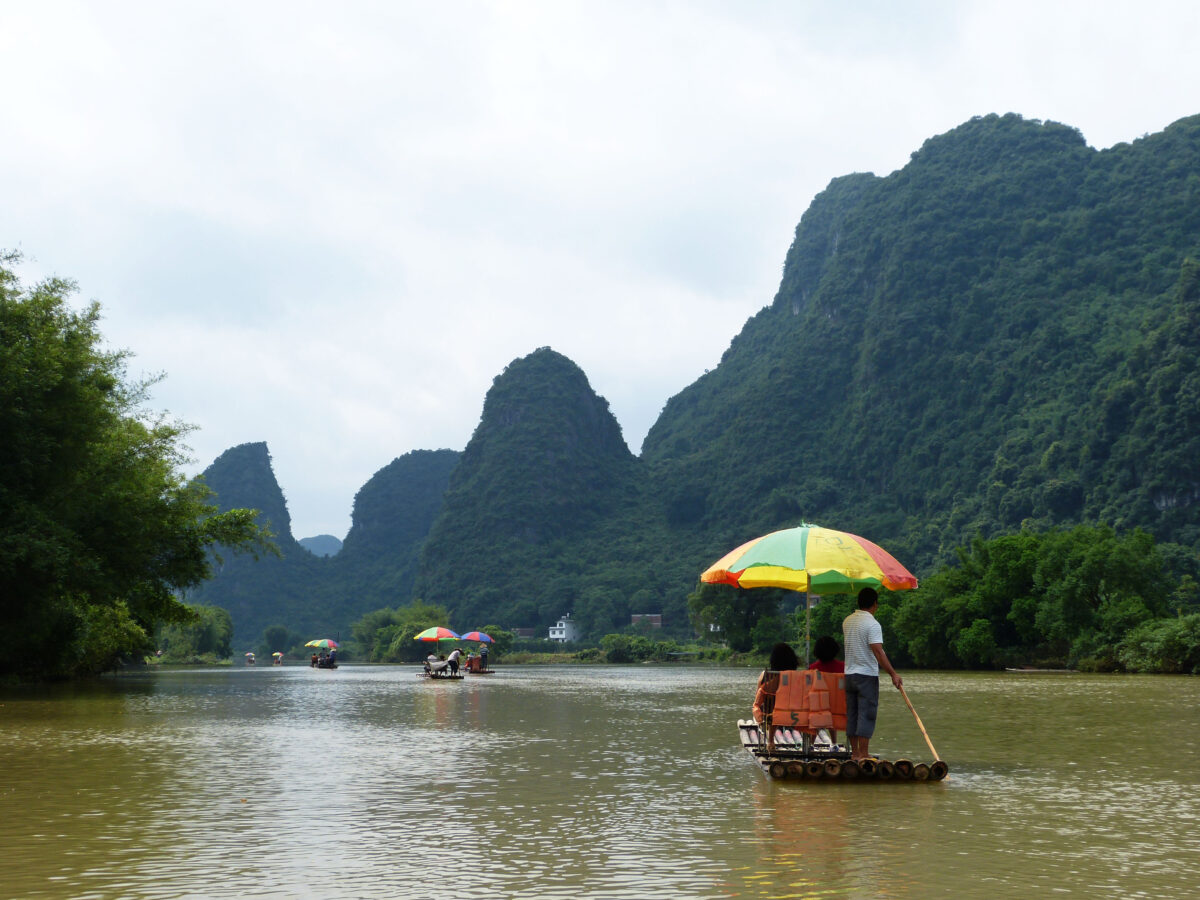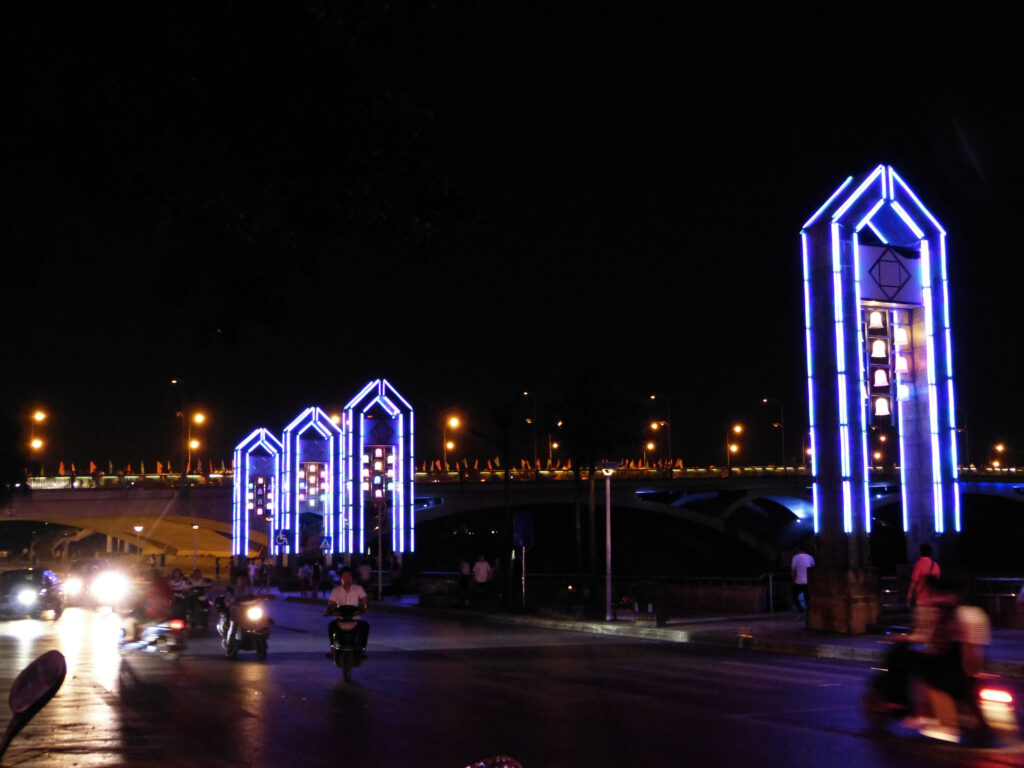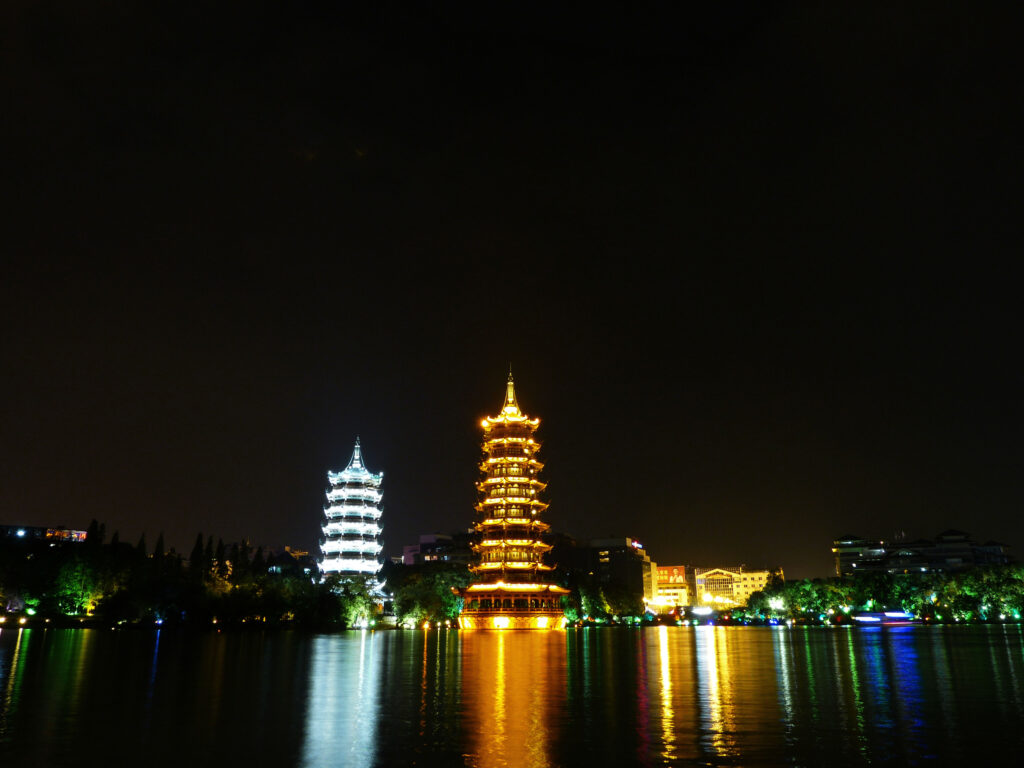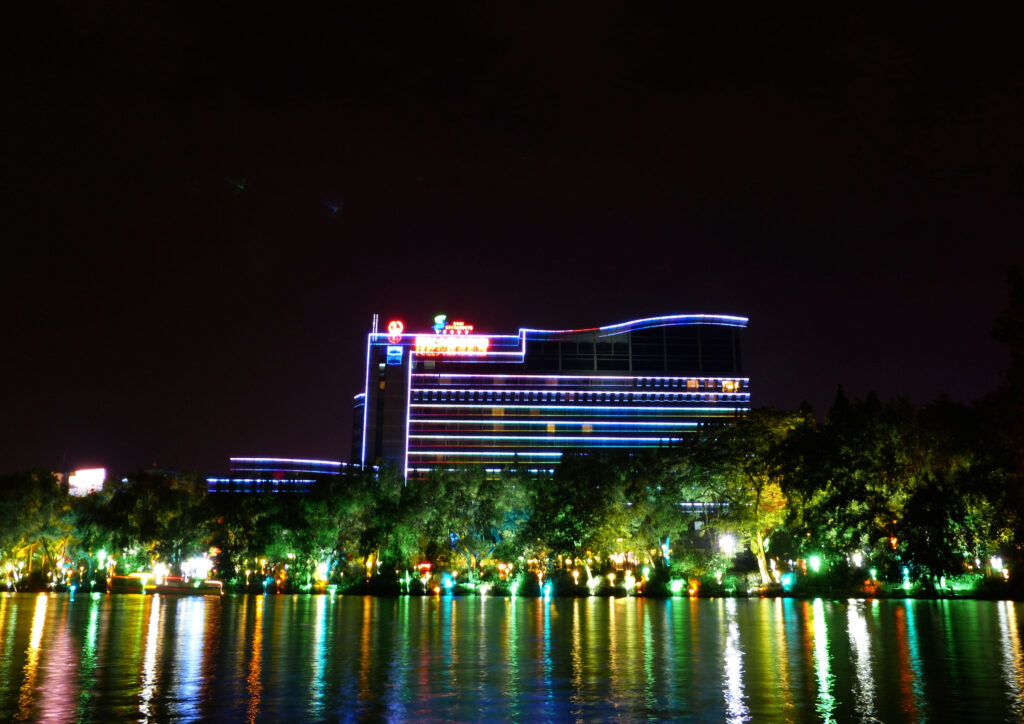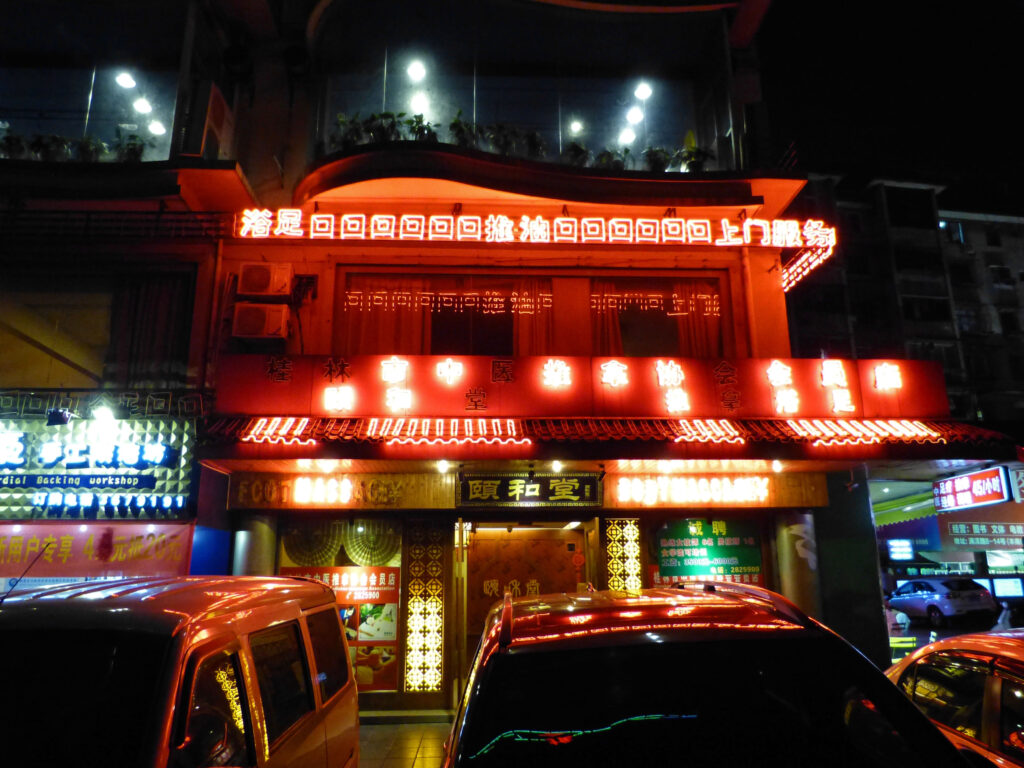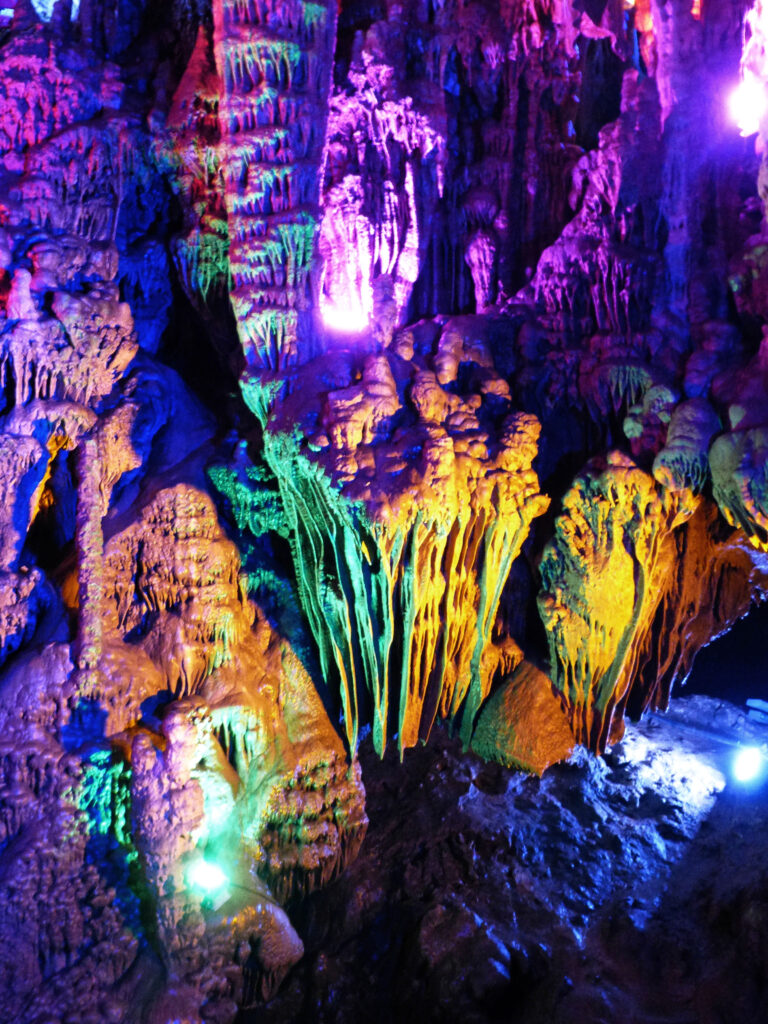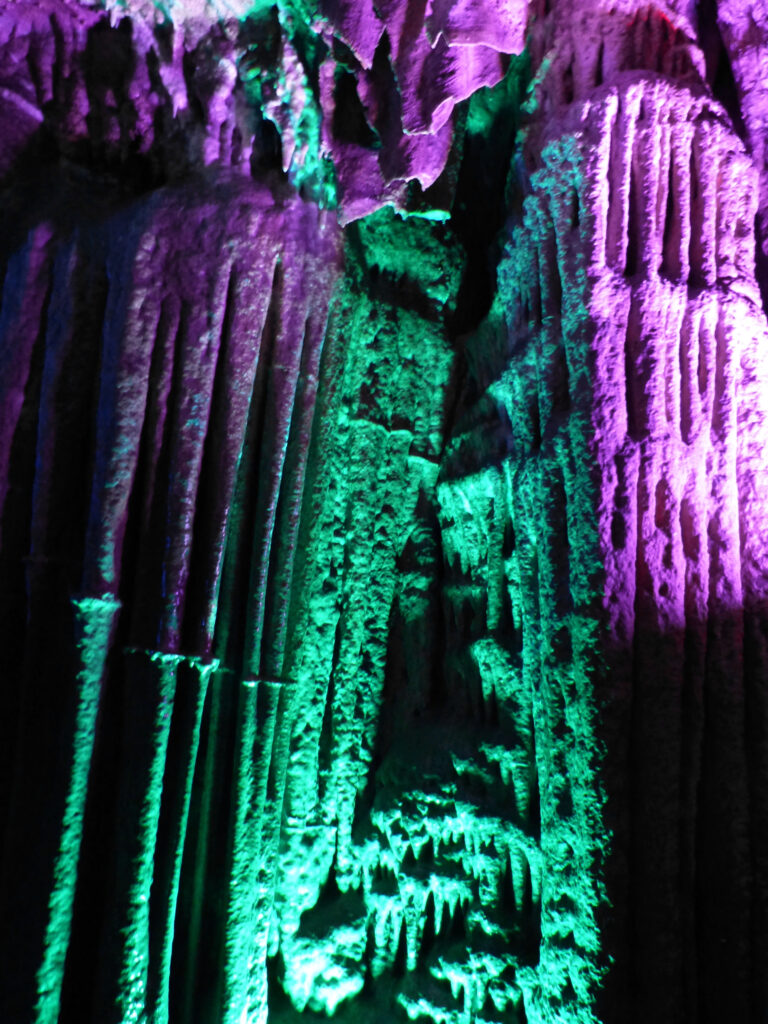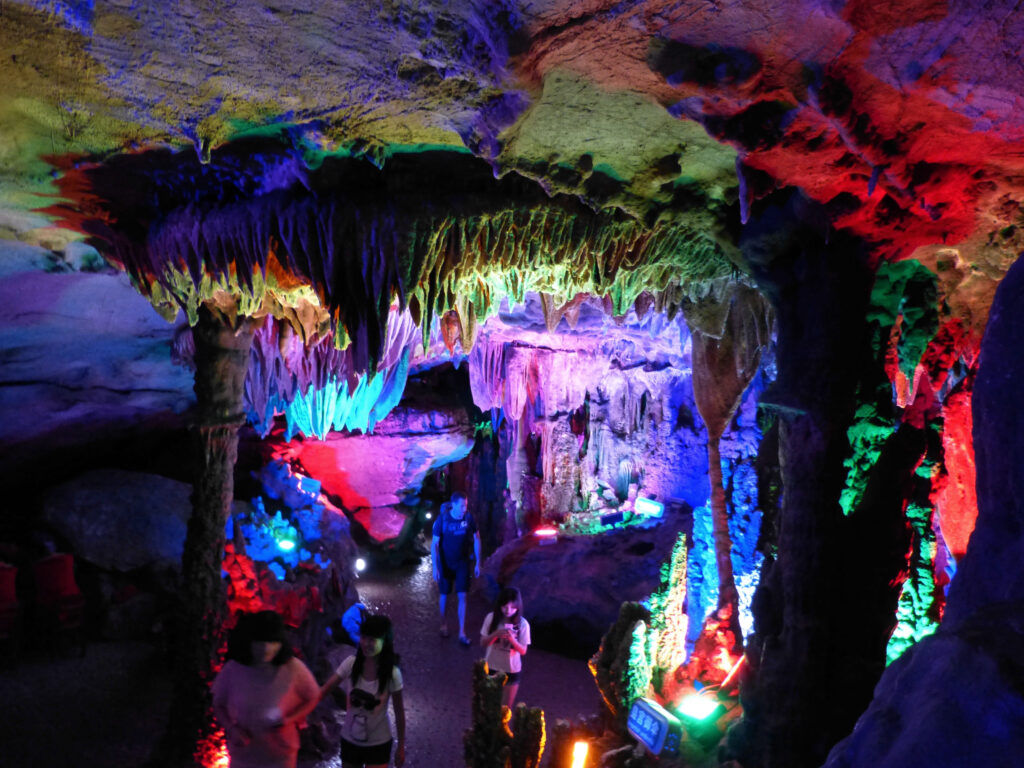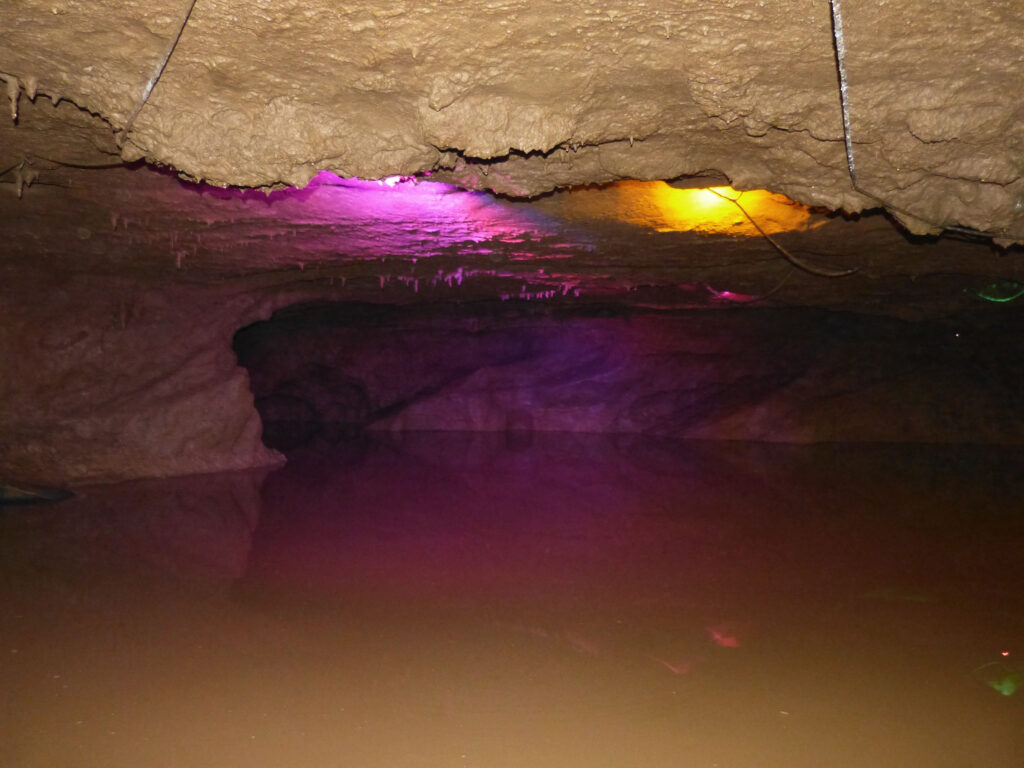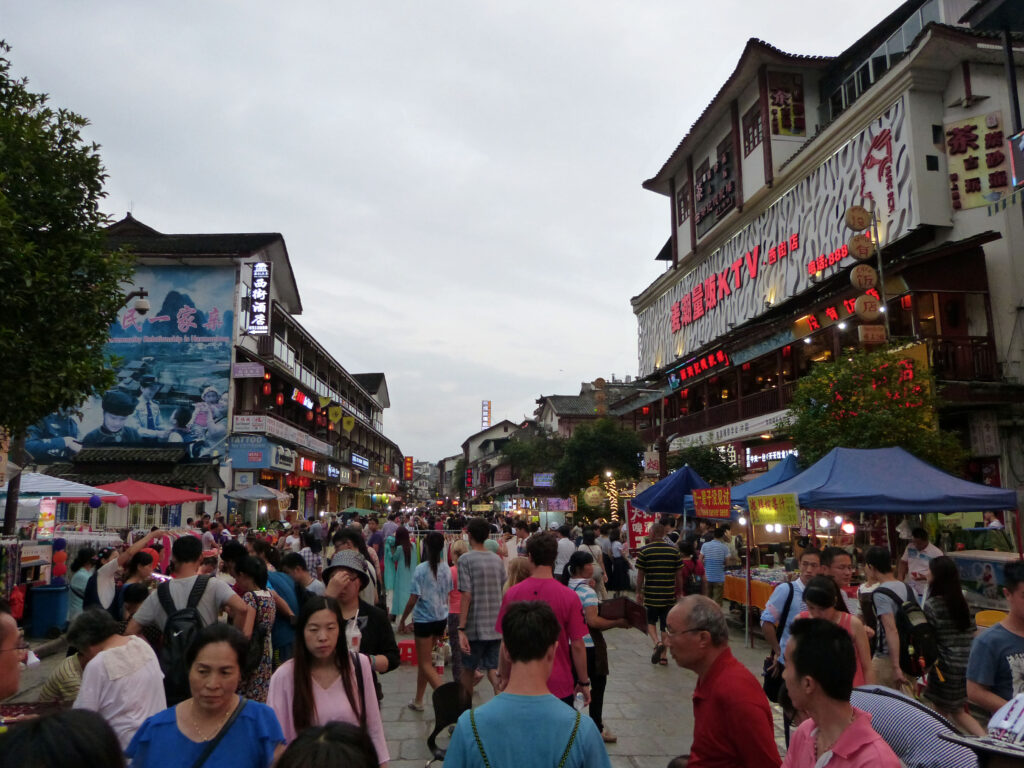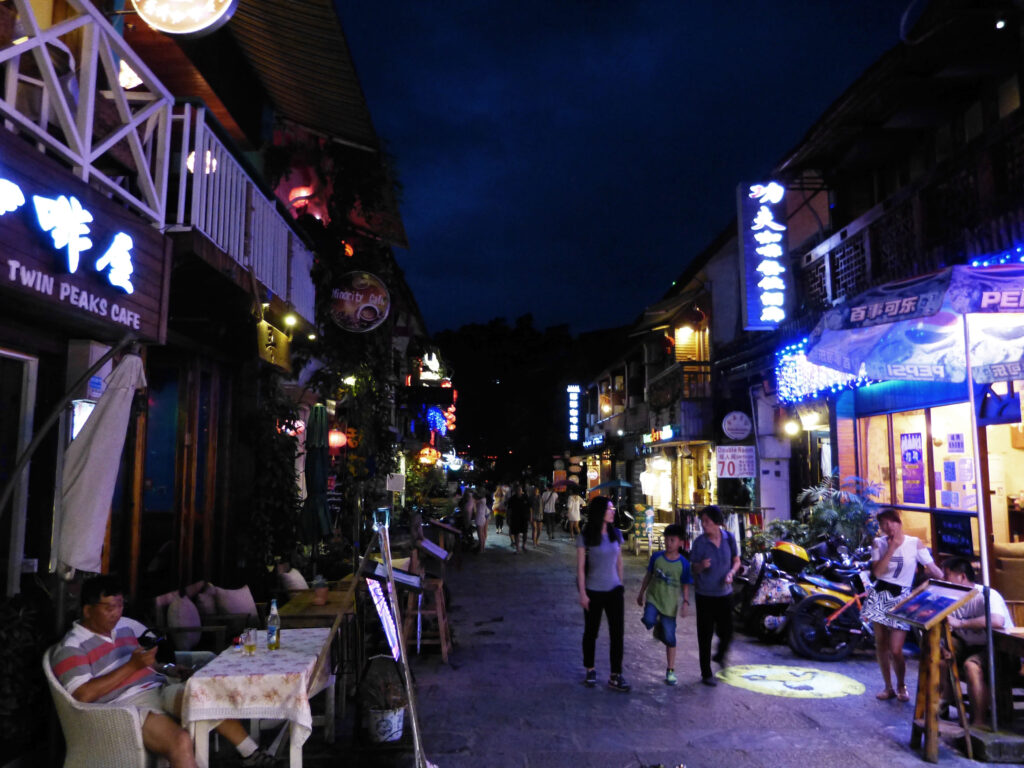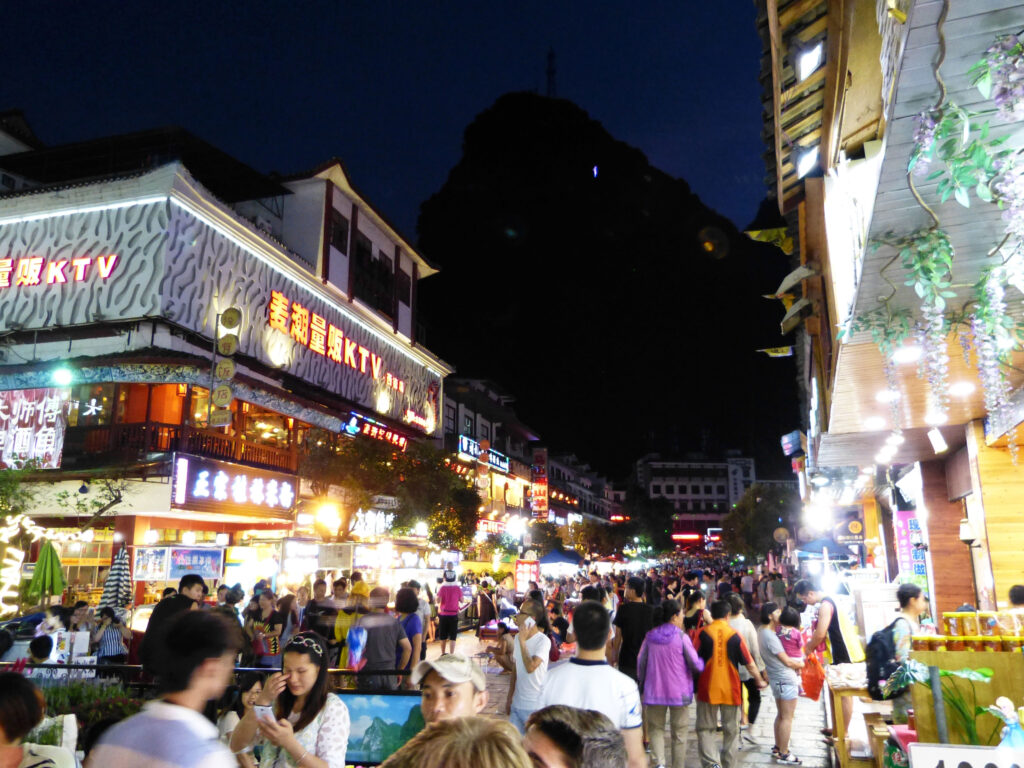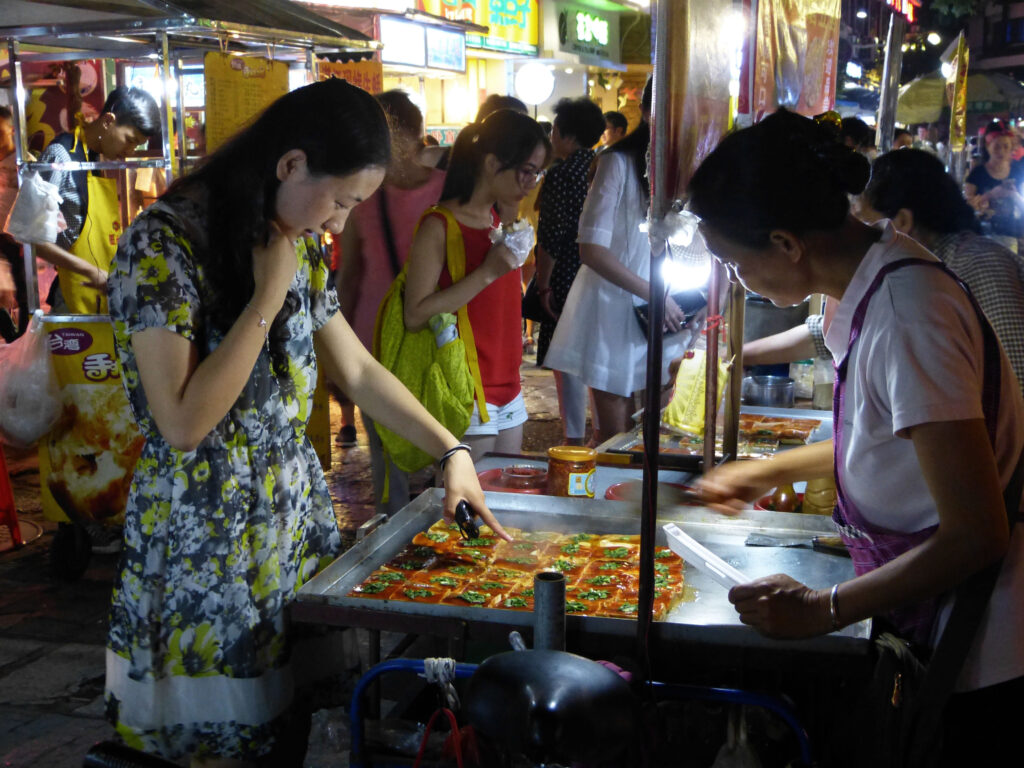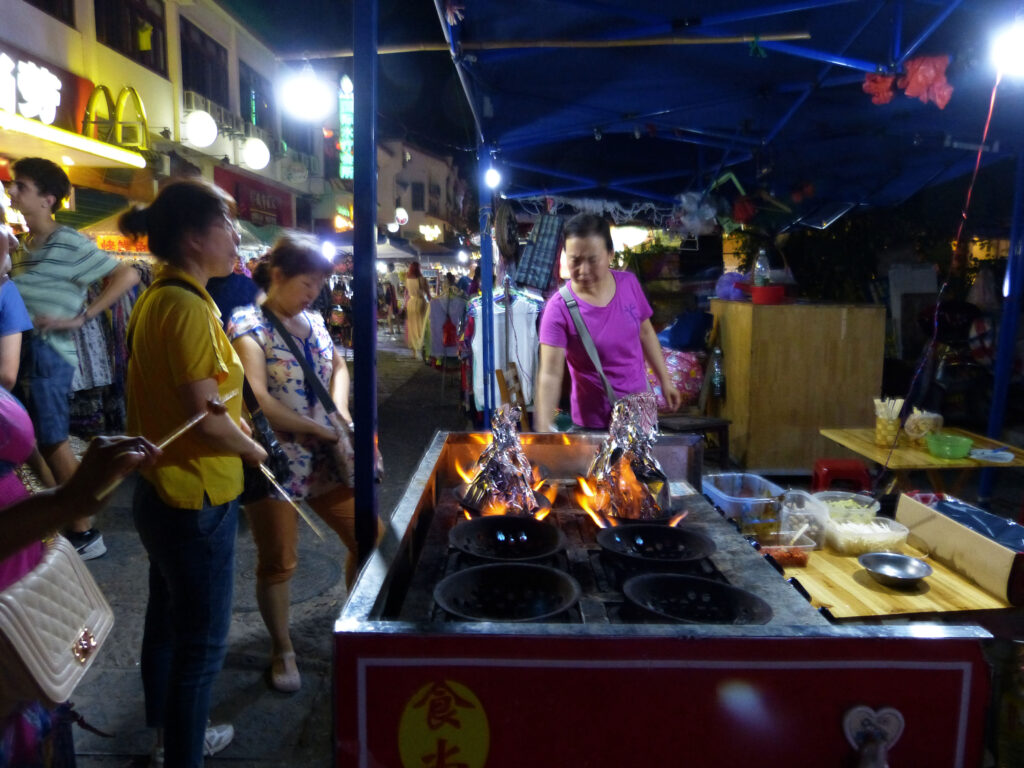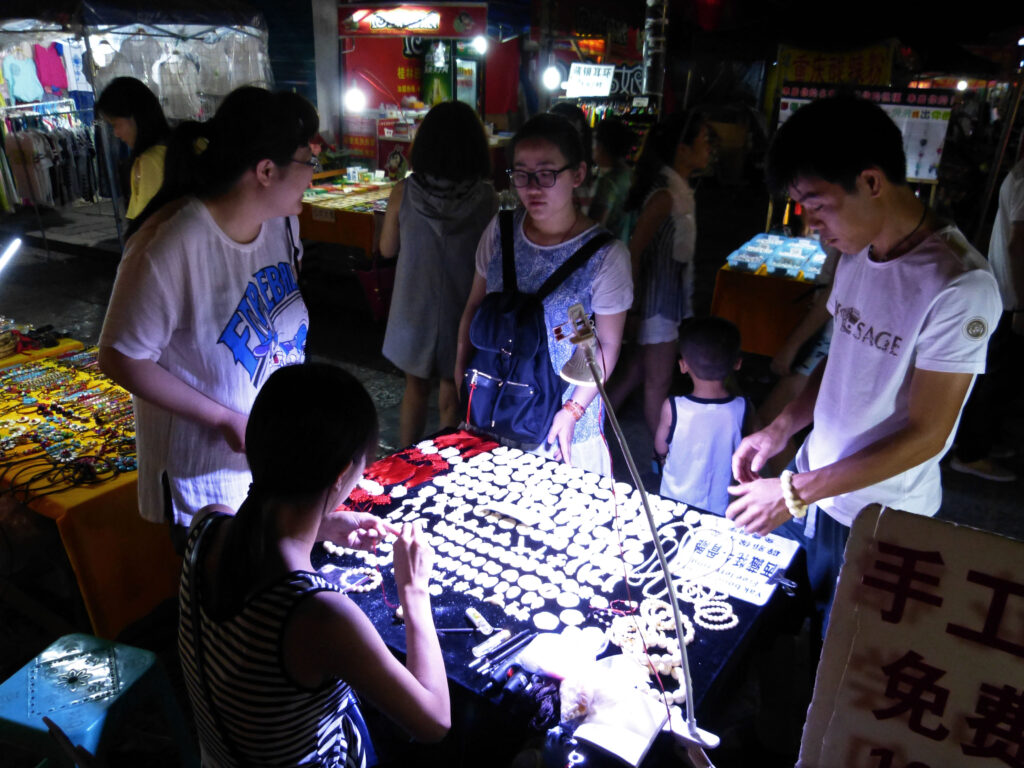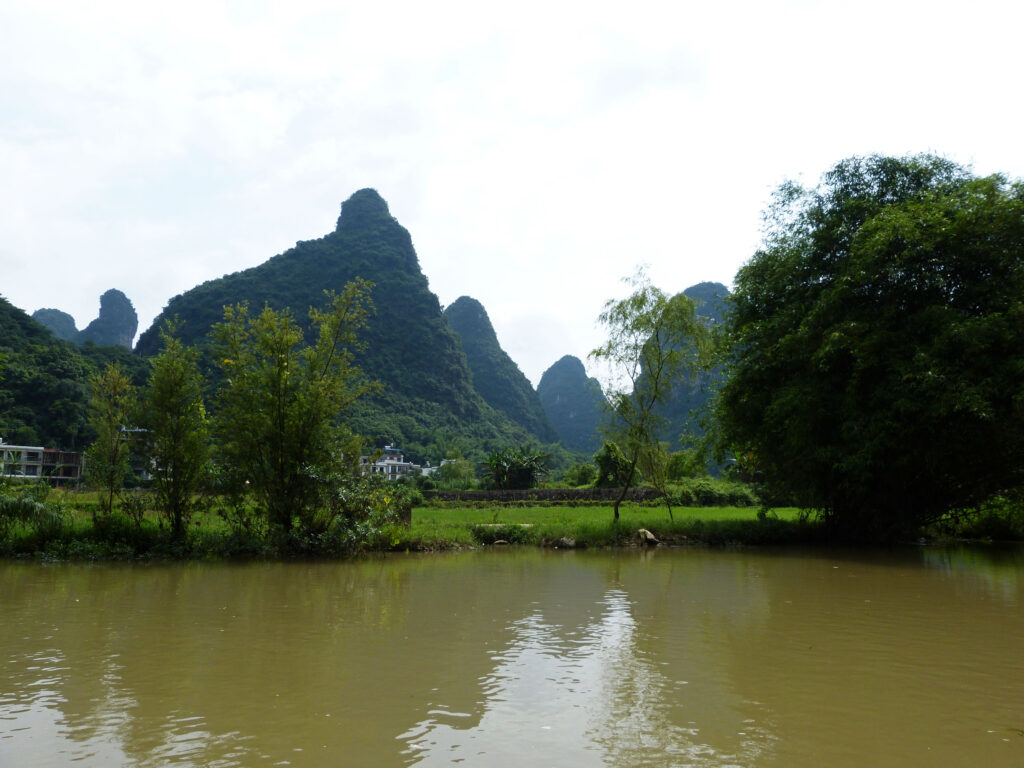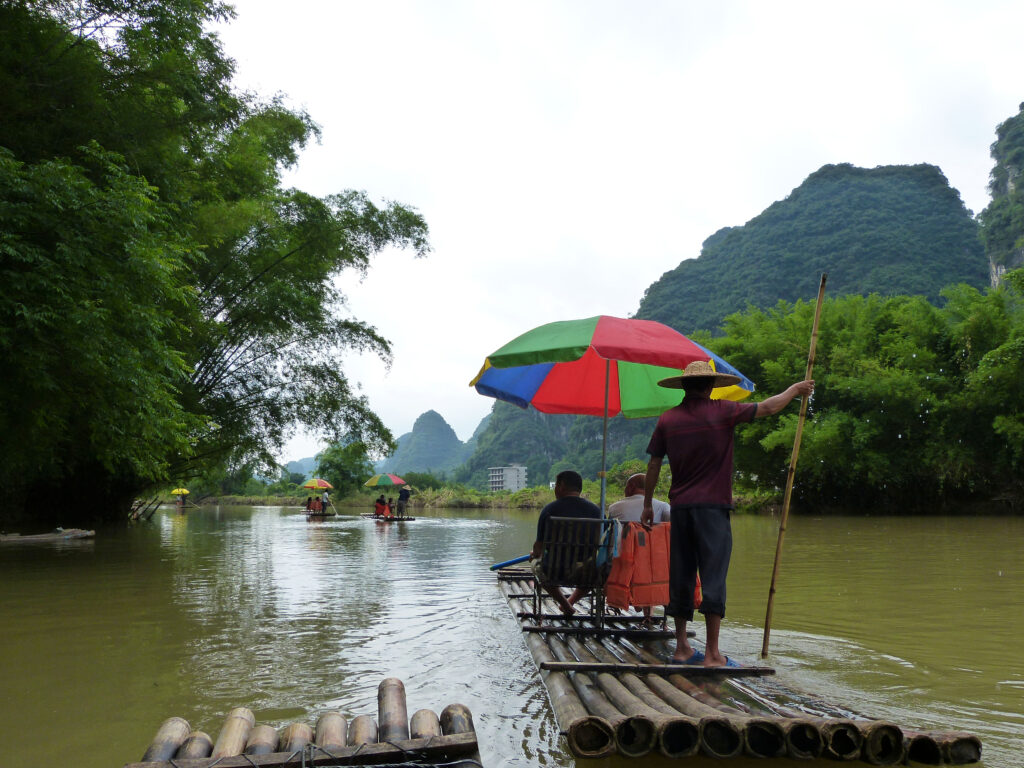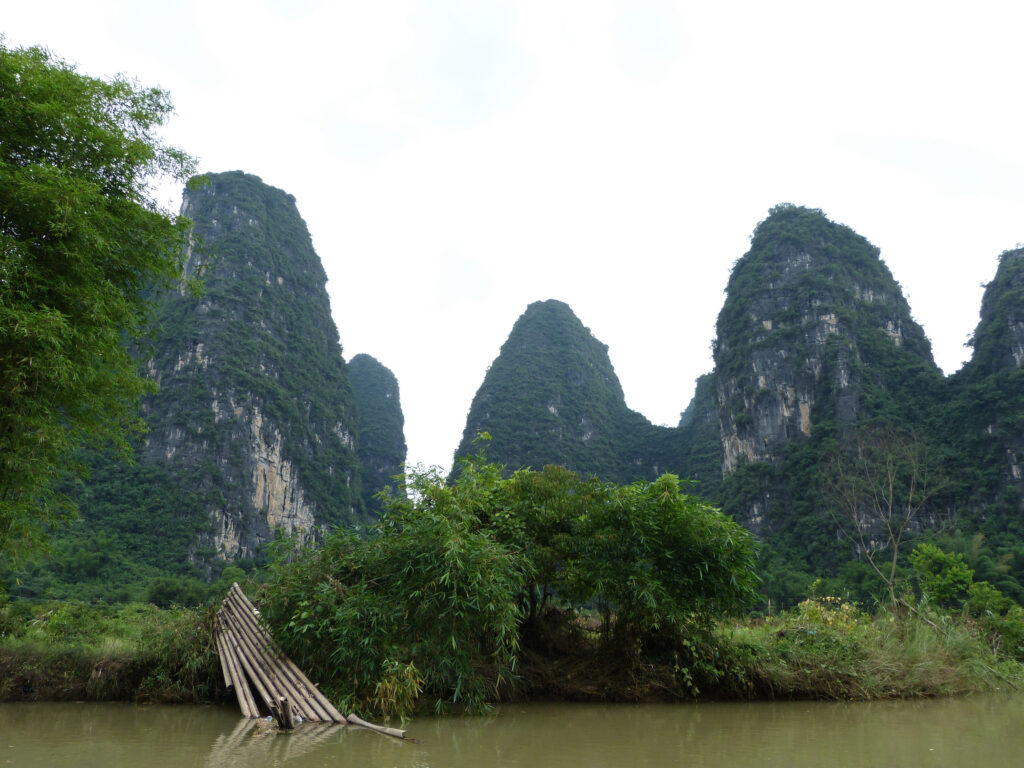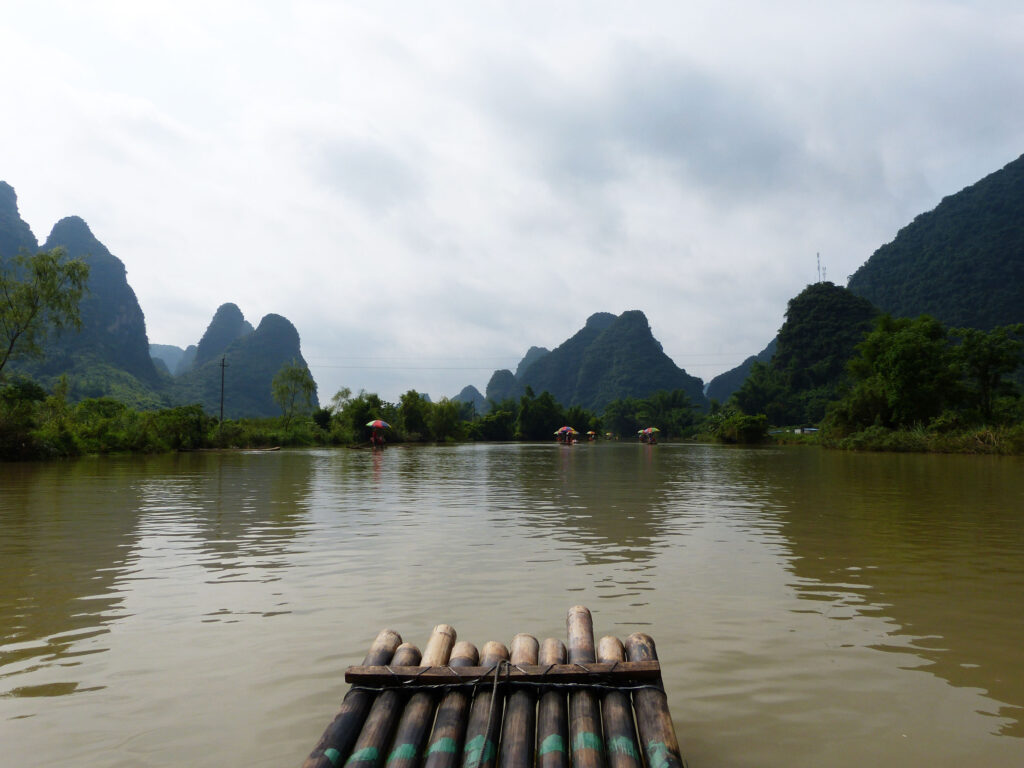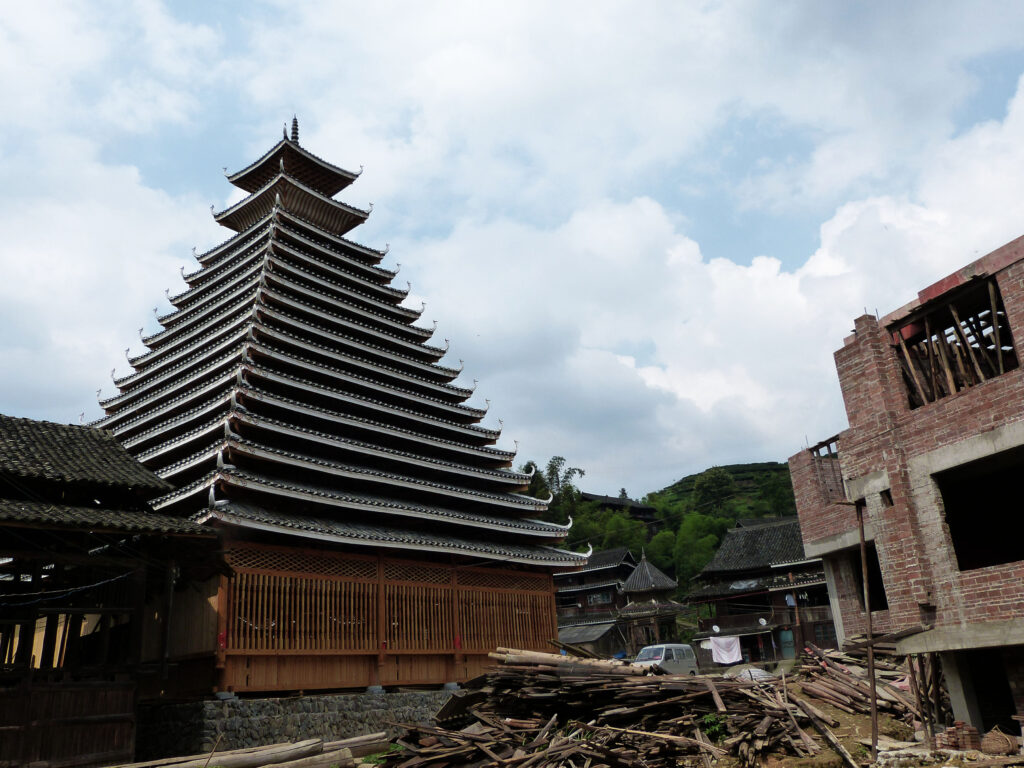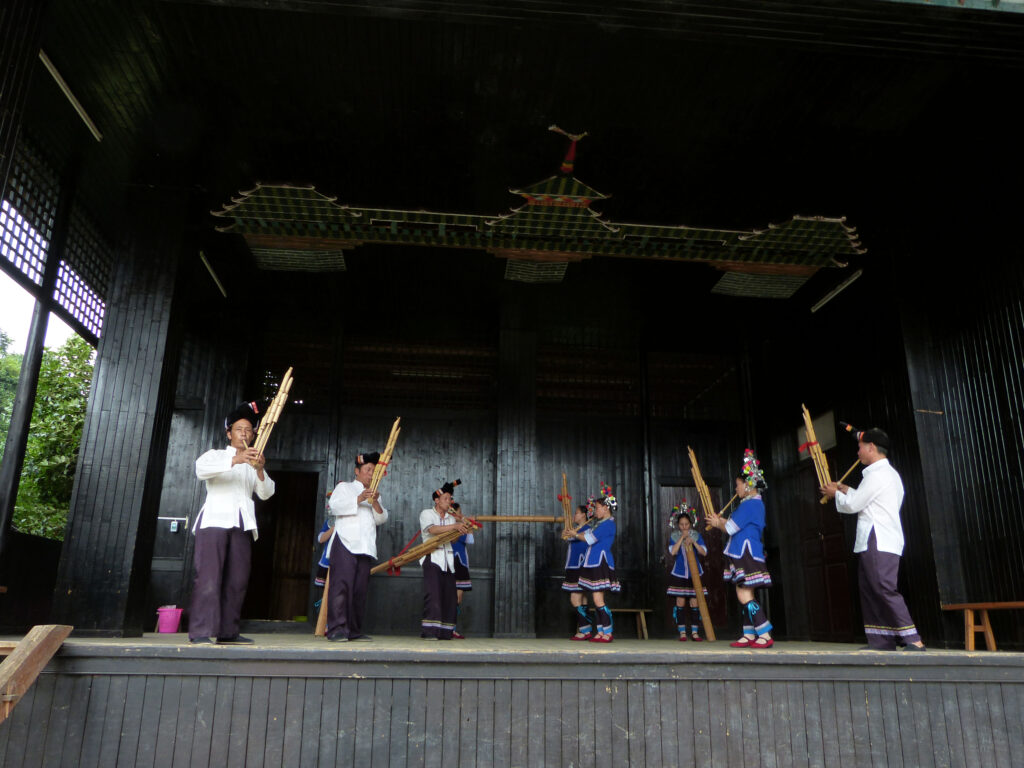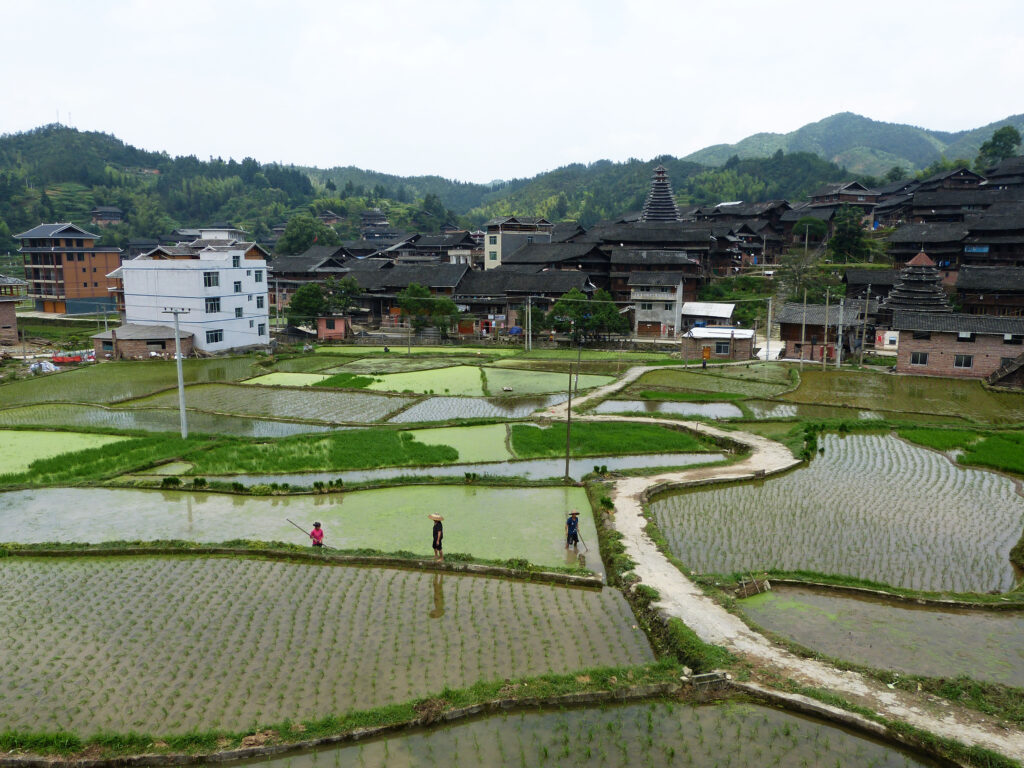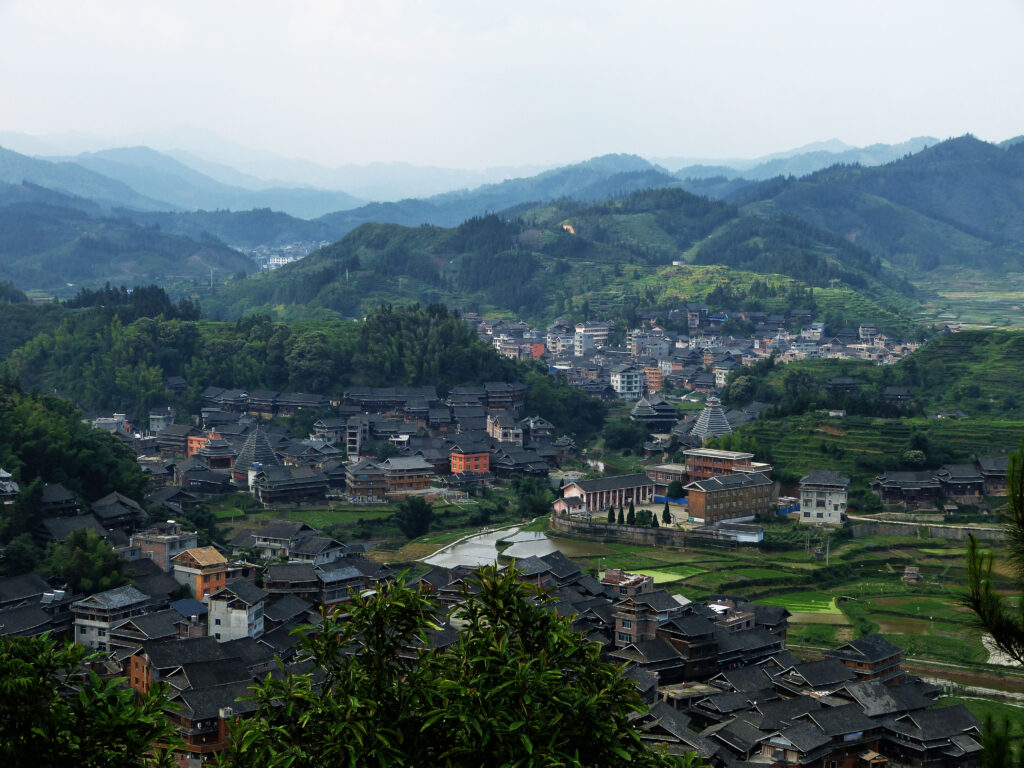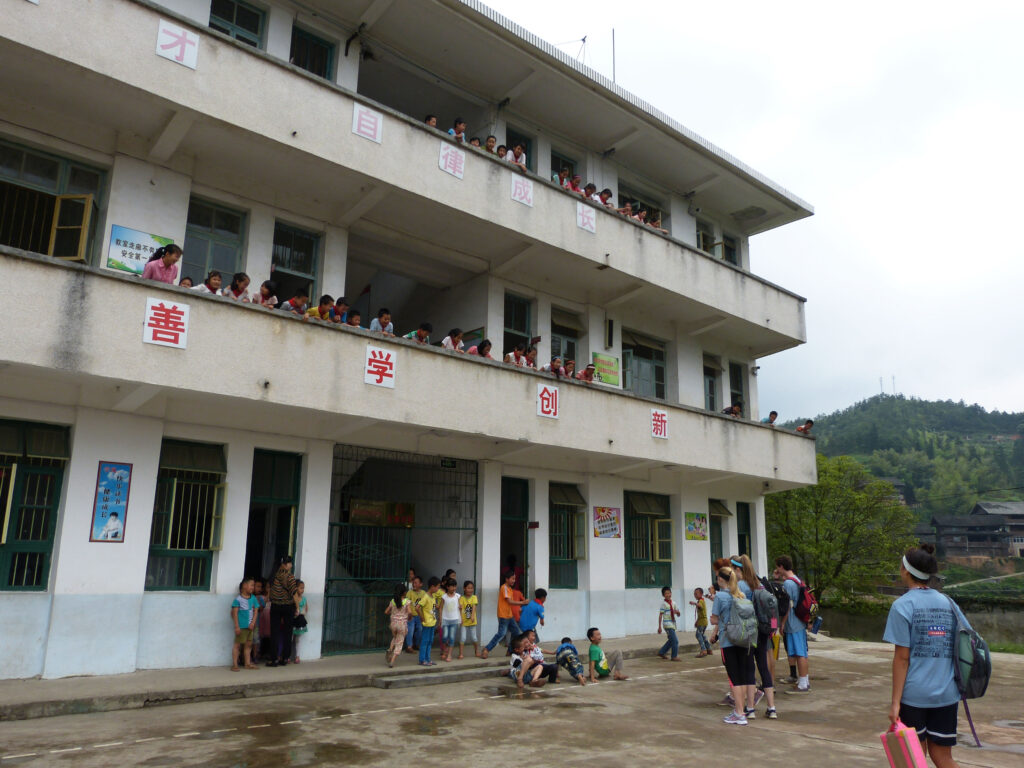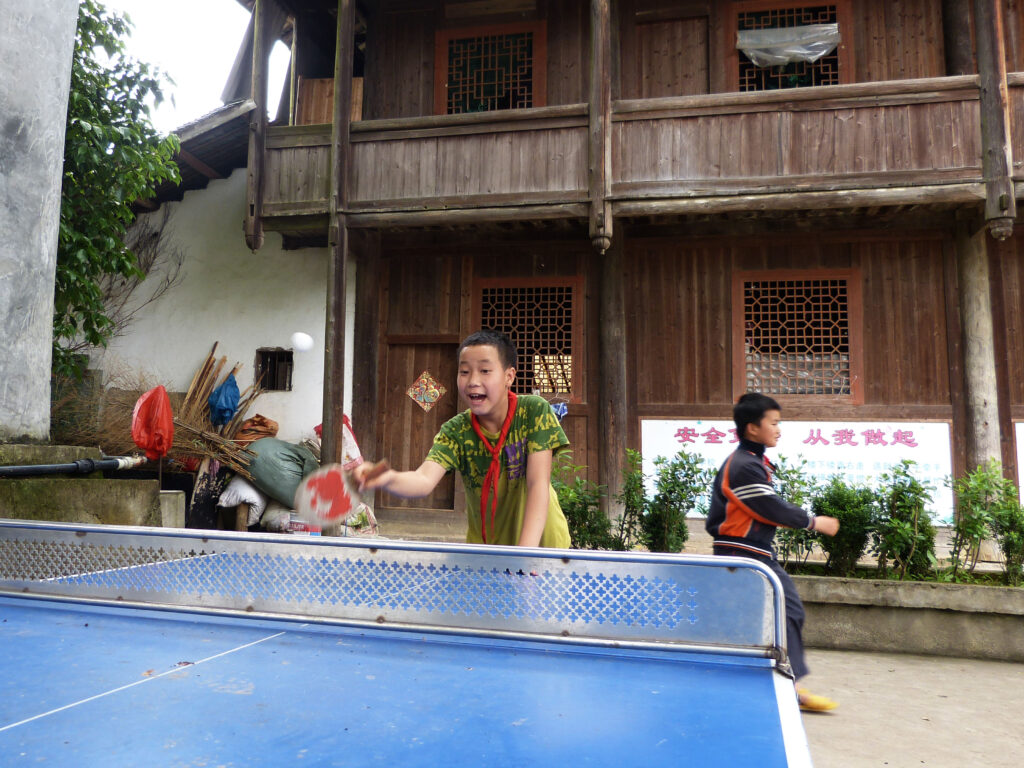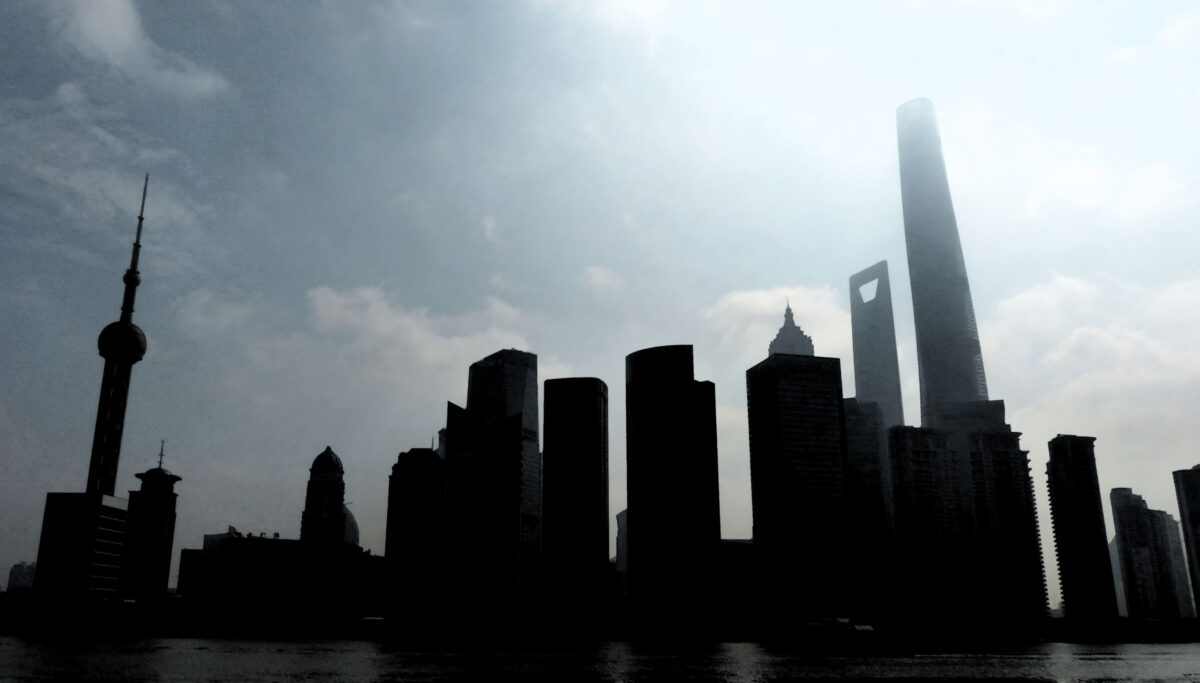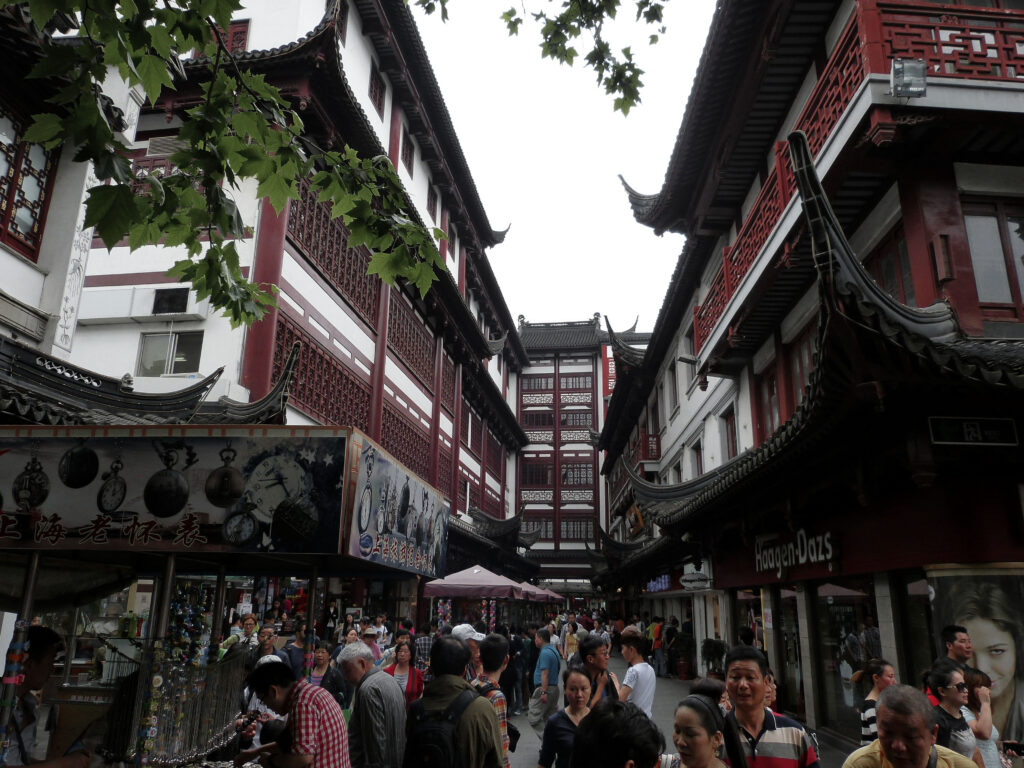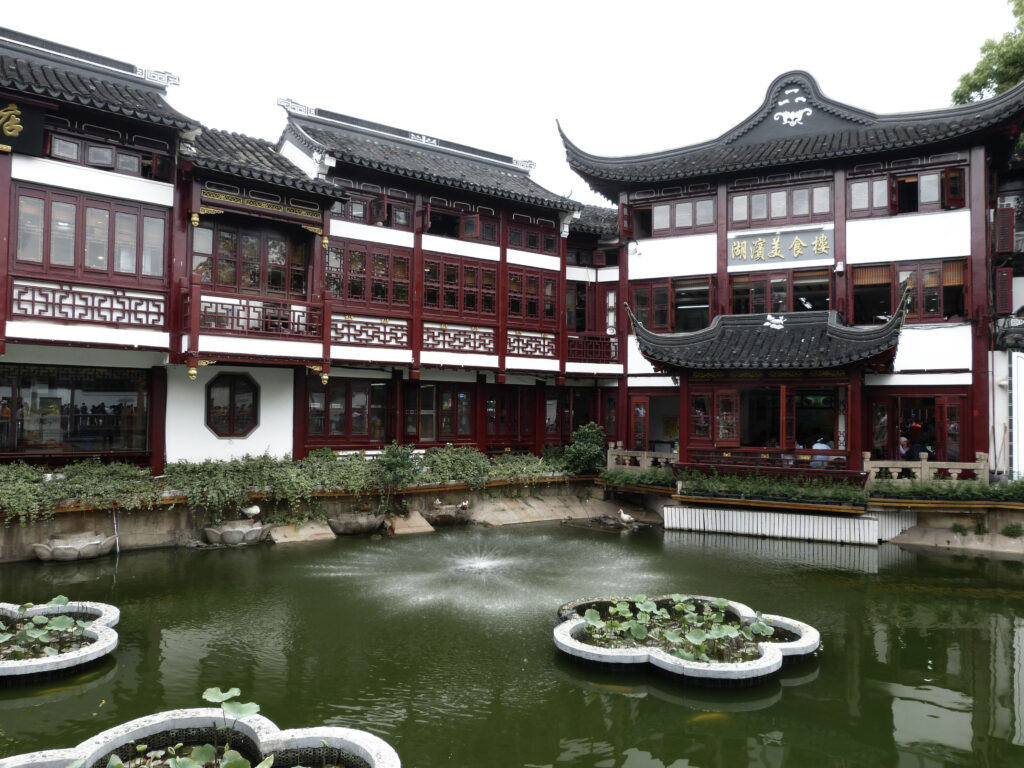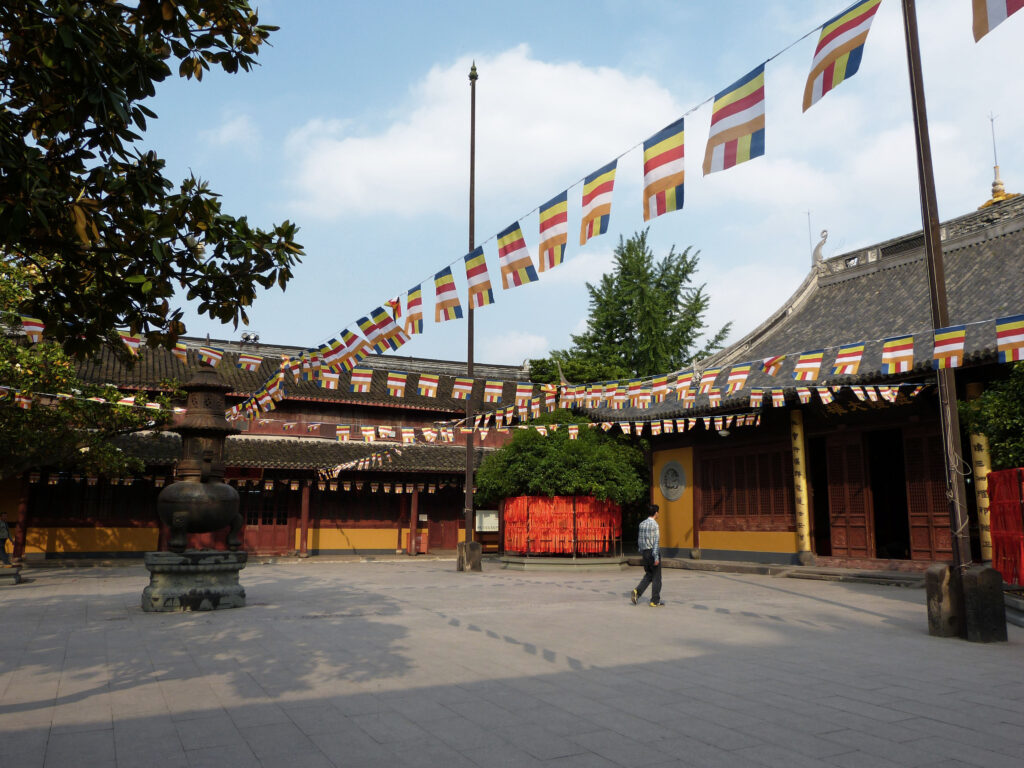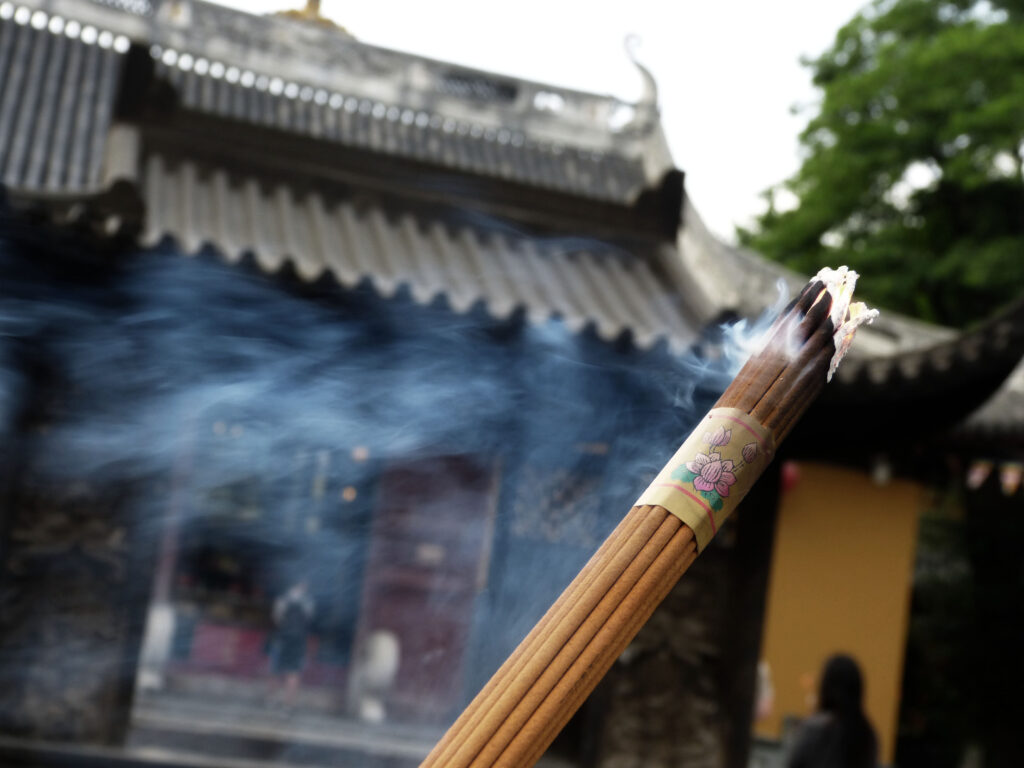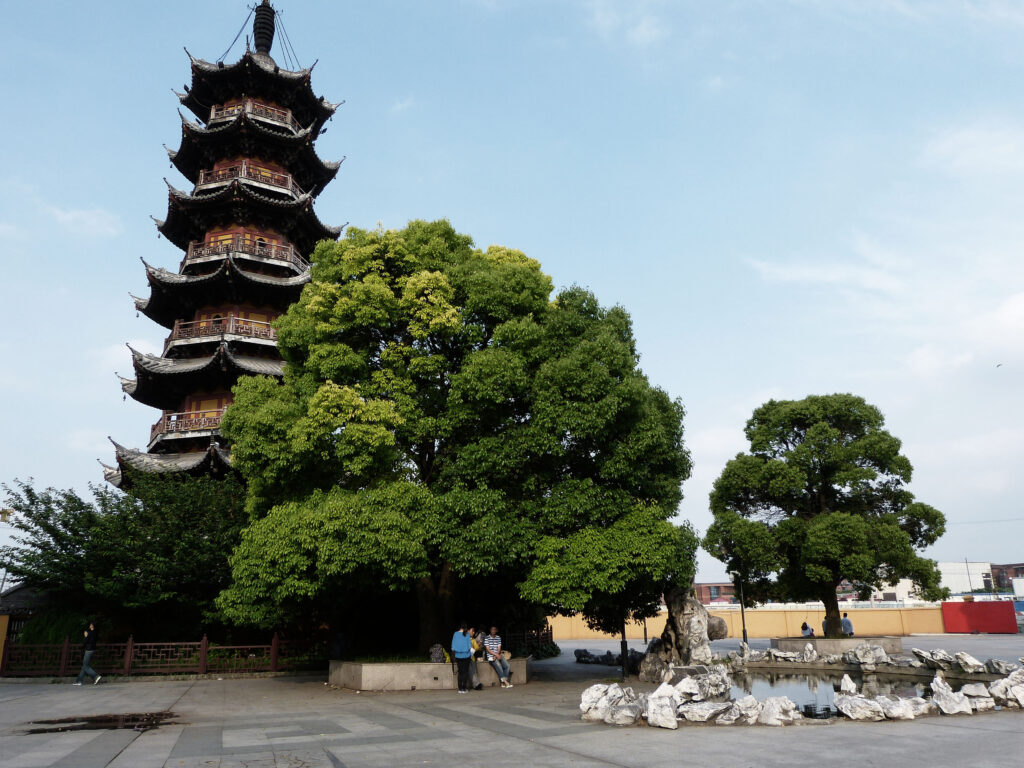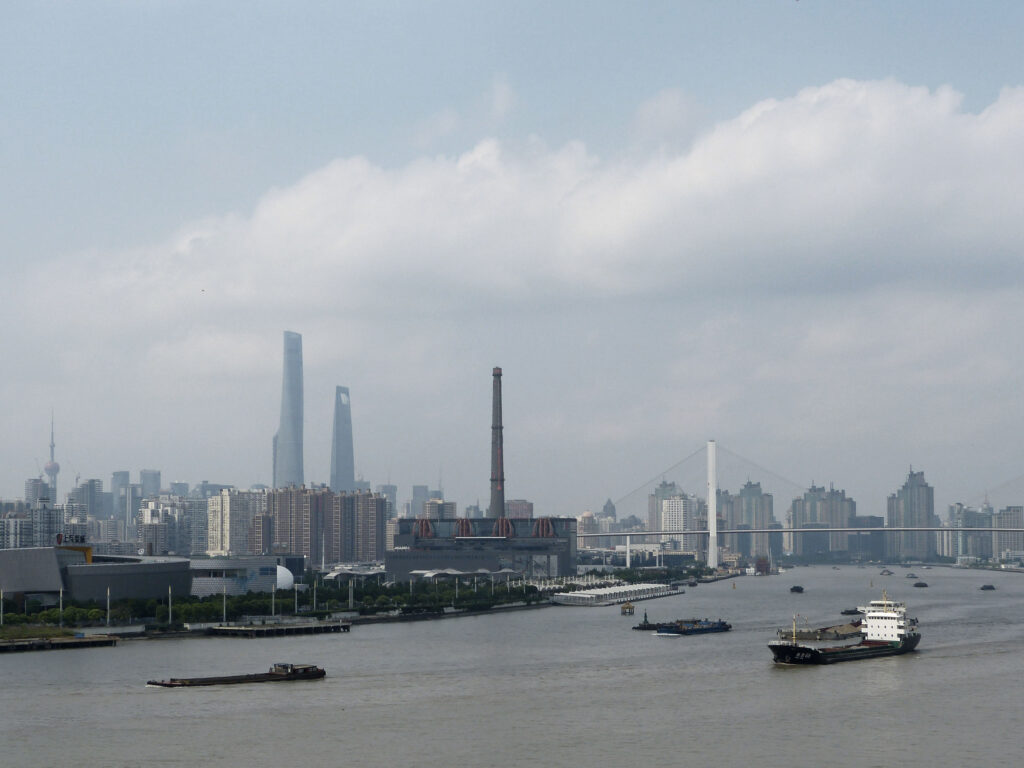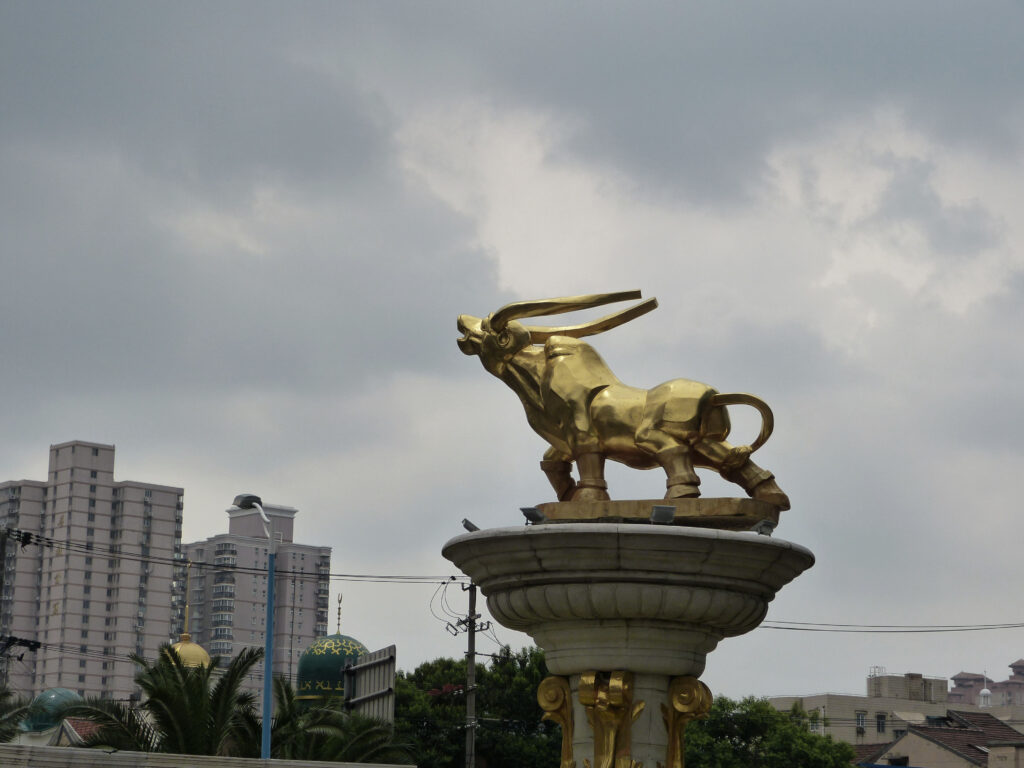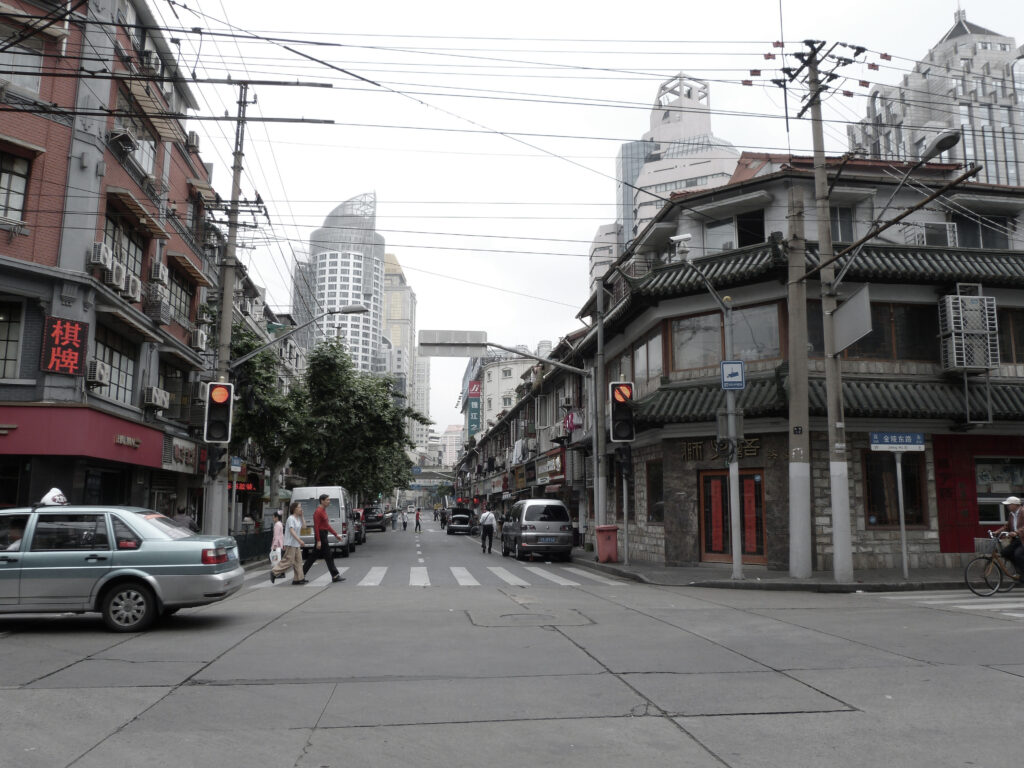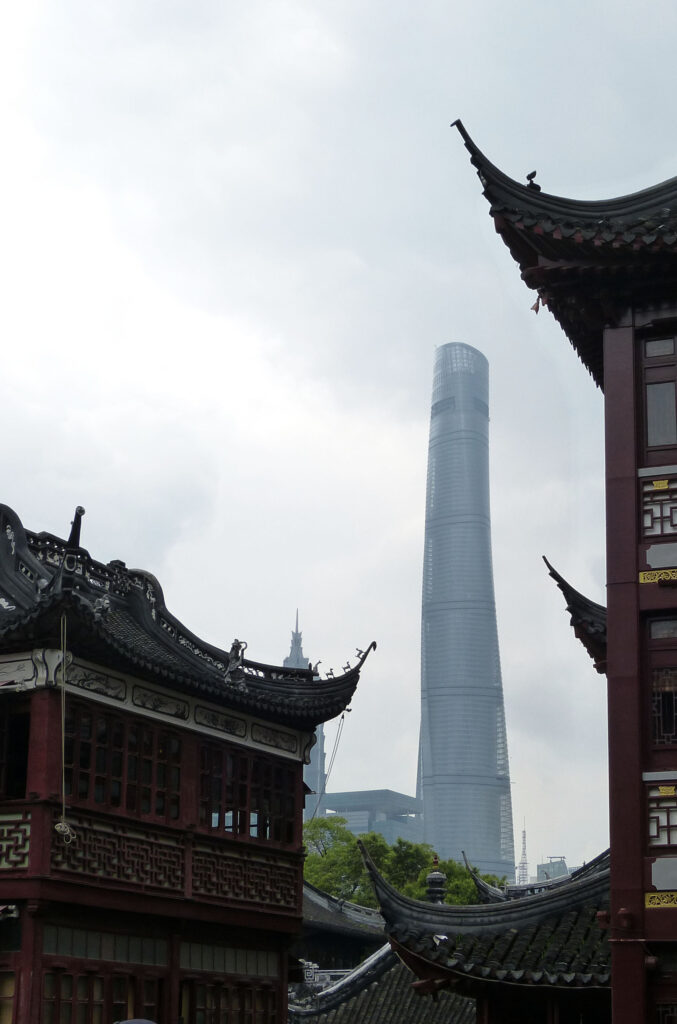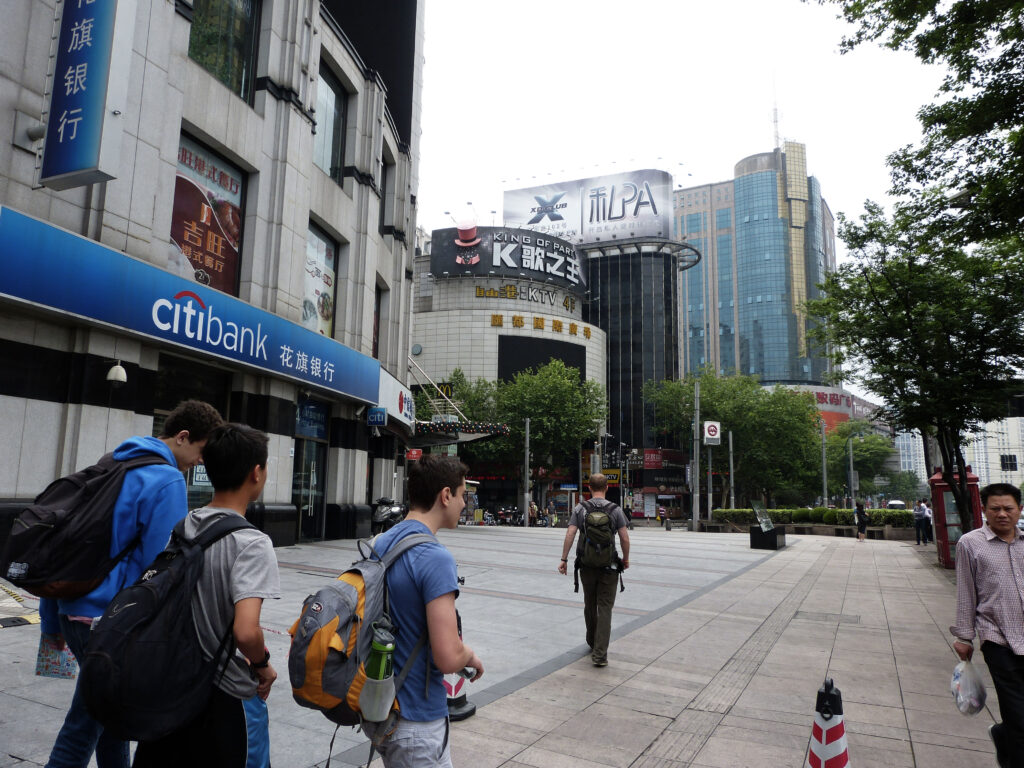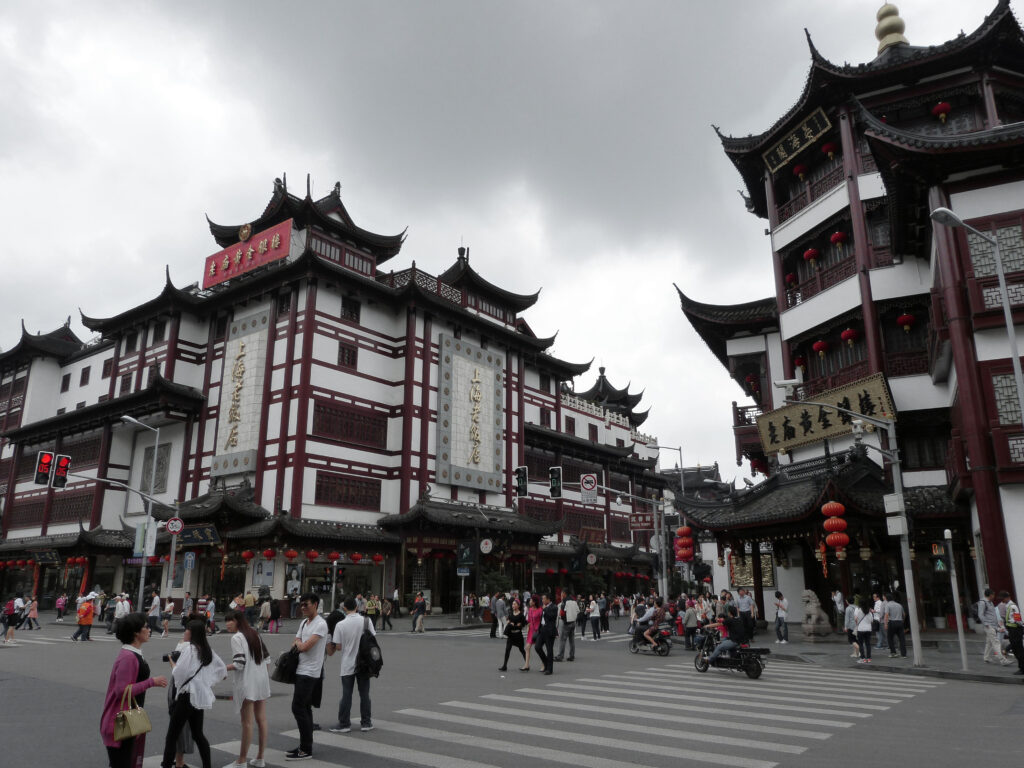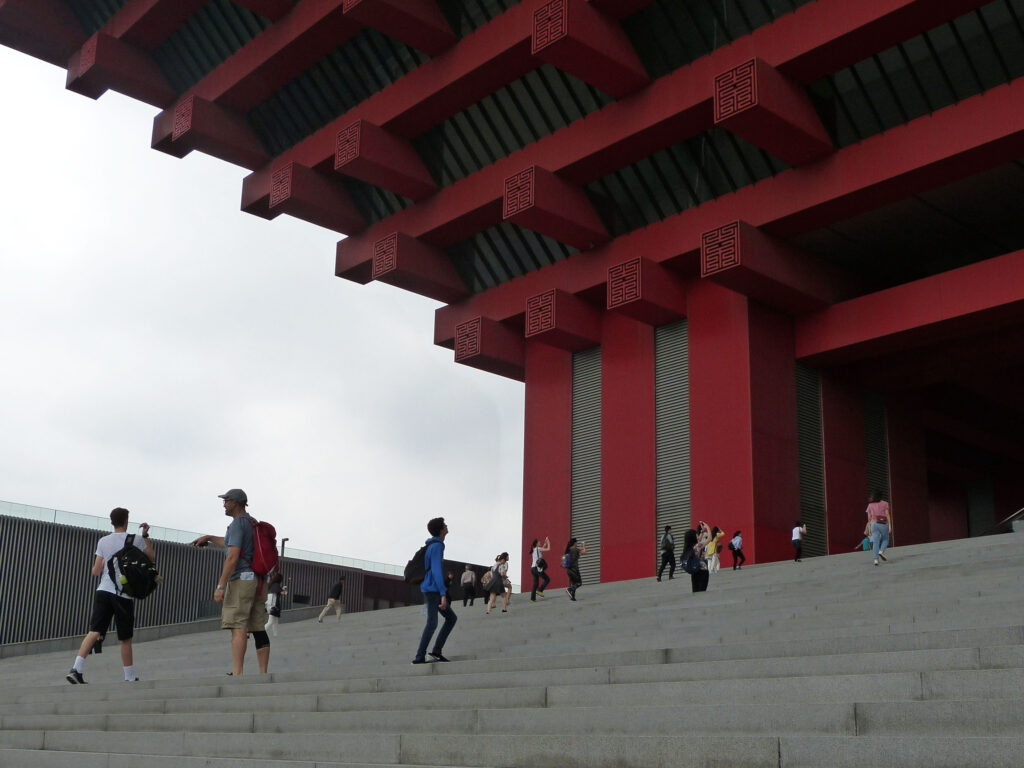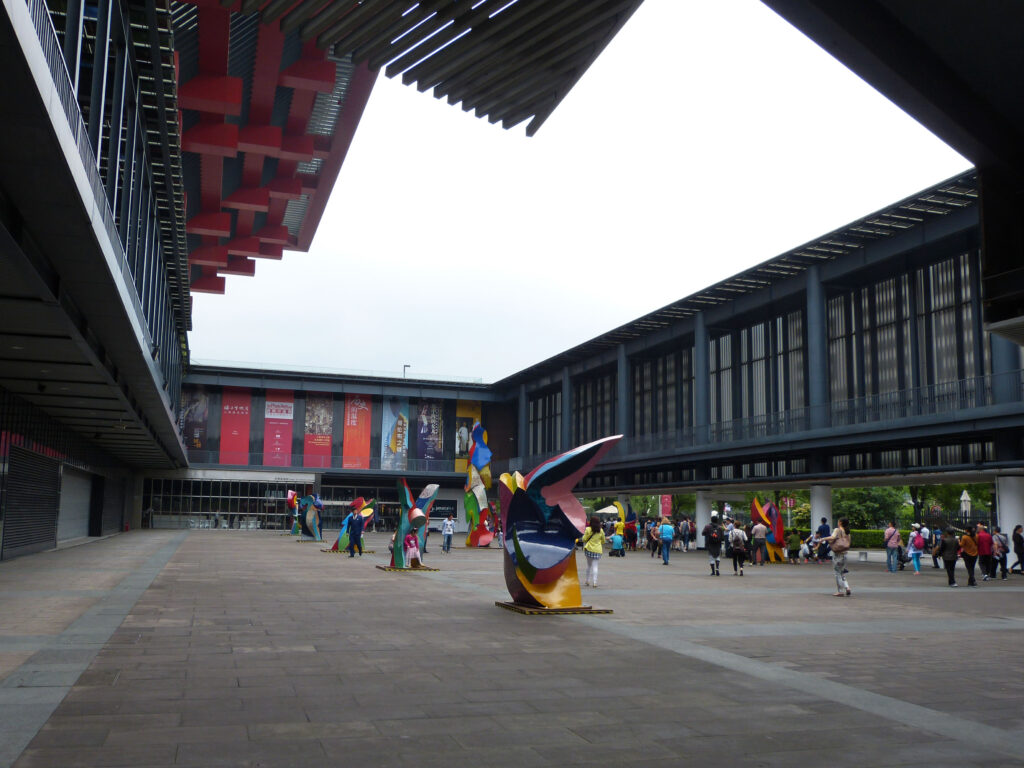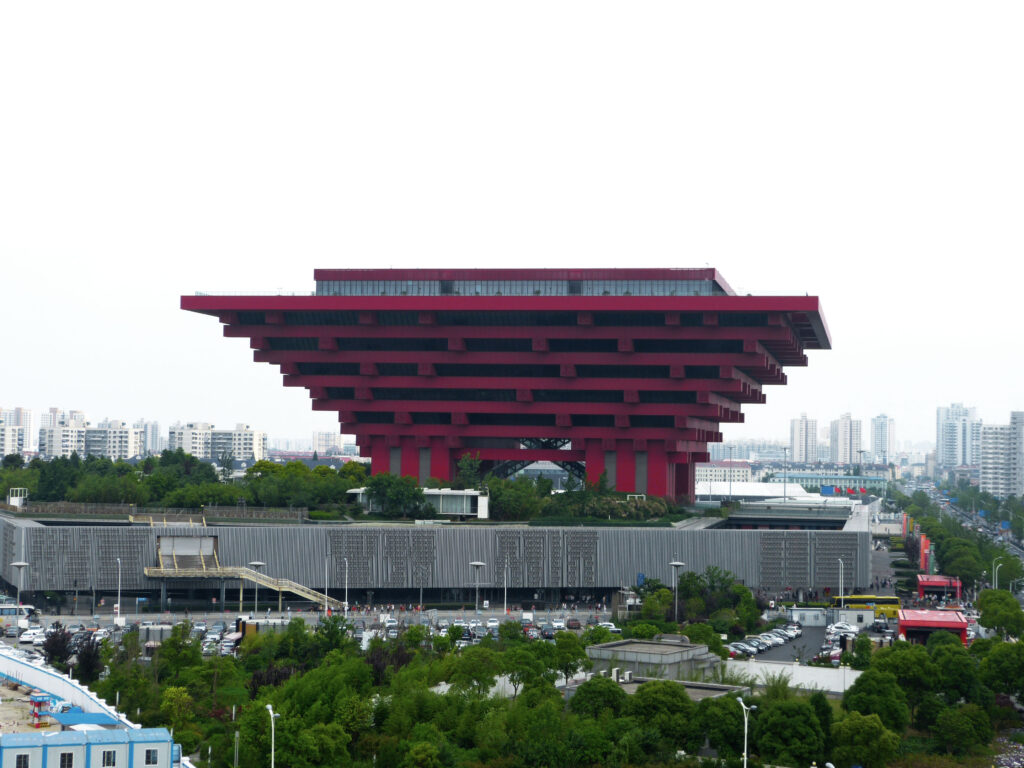After a short flight from Shanghai, I was on the bus to Guilin, a city in the southern Chinese province of Guangxi. Guilin is one of the most captivating cities in the entire country. At night, the buildings explode with bright lights and dazzling monuments dot the streets. One such attraction is a glowing golden orb built on the banks of Shanhu Lake, whose waters hold the stunning Sun and Moon Pagodas. During the night I stayed in Guilin, I was fascinated by my surroundings. The city was unlike any place I had ever seen. Guilin is a truly special place.
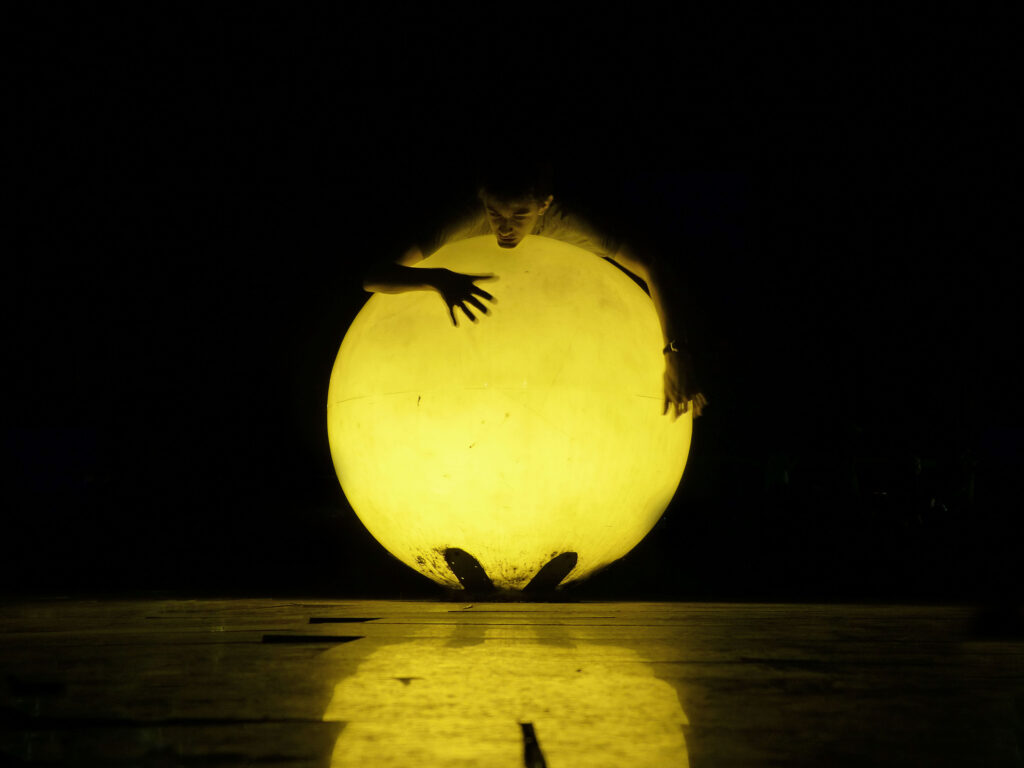
The famed karst peaks of the Guangxi province take their unique forms from their composition. The mountains are made of limestone and have been eroded throughout history to become what we see today. The hills are also known for the underground caves they naturally produce. Tourists from around the world are attracted by the colorful light displays strung up throughout the caves. They leaves fascinated by the show and relaxed after a dip in the underground hot springs and mud pools.
After exploring the landscape around Guilin, my group and I boarded a bus to Yangshuo, a town of just under 300,000 people. Compared to Guilin, a city sixteen-times its size, Yangshuo felt like a small village. Compared to Shanghai, it felt like another world.
The town of Yangshuo is home to winding rivers, quiet countryside, a bustling night market, and, strangely enough, a McDonald’s. Yangshuo county offers spectacular sights, such as Moon Hill, Yulong Bridge, and Fuli ancient town.
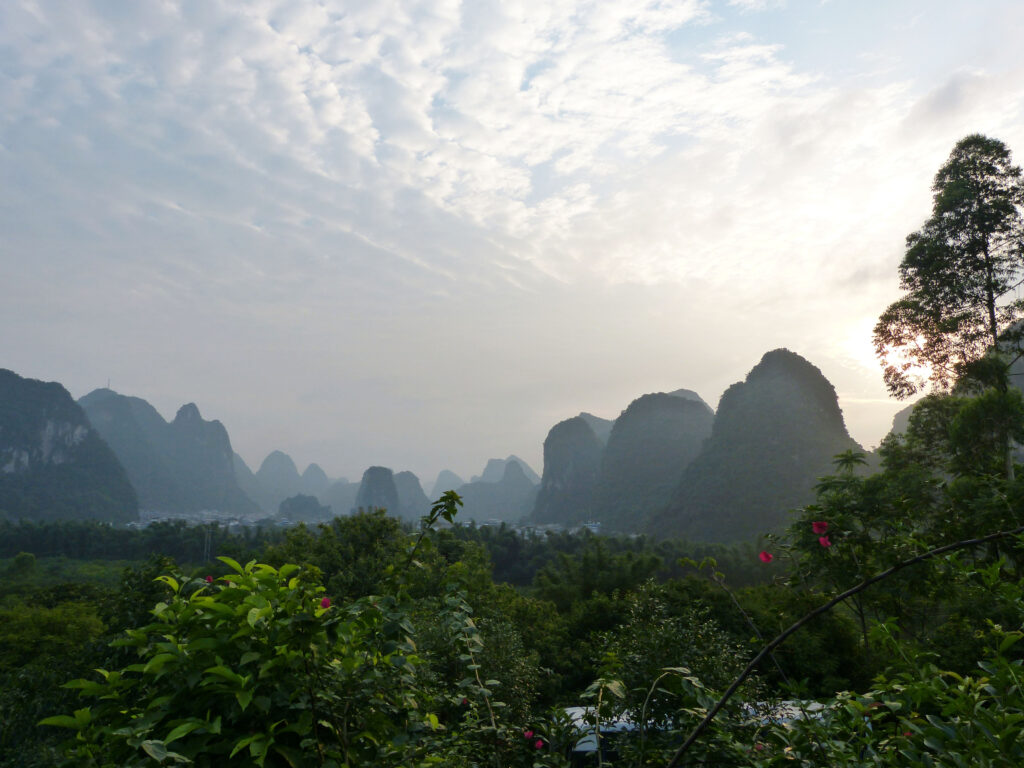
Similarly to Shanghai, Yangshuo’s downtown transforms after dusk. From where I sat on the patio of a small Chinese restaurant, I observed a noticeable calm before the storm. For a moment, all was quiet under the neon blue lights of the alley. A warm wind swept past, carrying the distant sounds of a growing storm. In an instant, the two main pedestrian streets are set alight with lanterns and LEDs as vendors populate the curb. We walked through the masses of wandering shoppers, busy exploring the various foods and trinkets on display. Wood and bone carvings, rice cakes and noodles, bright clothes and jewelry, gold and jade ornaments…it was a spectacle, to say the least, and one of the most enjoyable nights of my life thus far.
The following dialogues are not exact quotations, but they closely mirror the content of conversations a friend of mine and I had with two shopkeepers:
“Why the high price?”
“These are one of a kind!”
“You made these yourself”
“Yes, they’re my carvings.”
“Then why does a man two stalls down the road have an identical collection for half the price?”
“Would you like half price?”
“Yes?”
“Here.”
“Thank you.”
“Where are these from?”
“Apple.”
“So they are real iPhones?”
“Yes.”
“Why are they so cheap?”
“There was an explosion in a factory and I took them.”
“Oh…that’s nice. Do they still work?”
“Yes.”
“Can you show me that they work?”
“You ask too many questions. Buy one and it will work.”
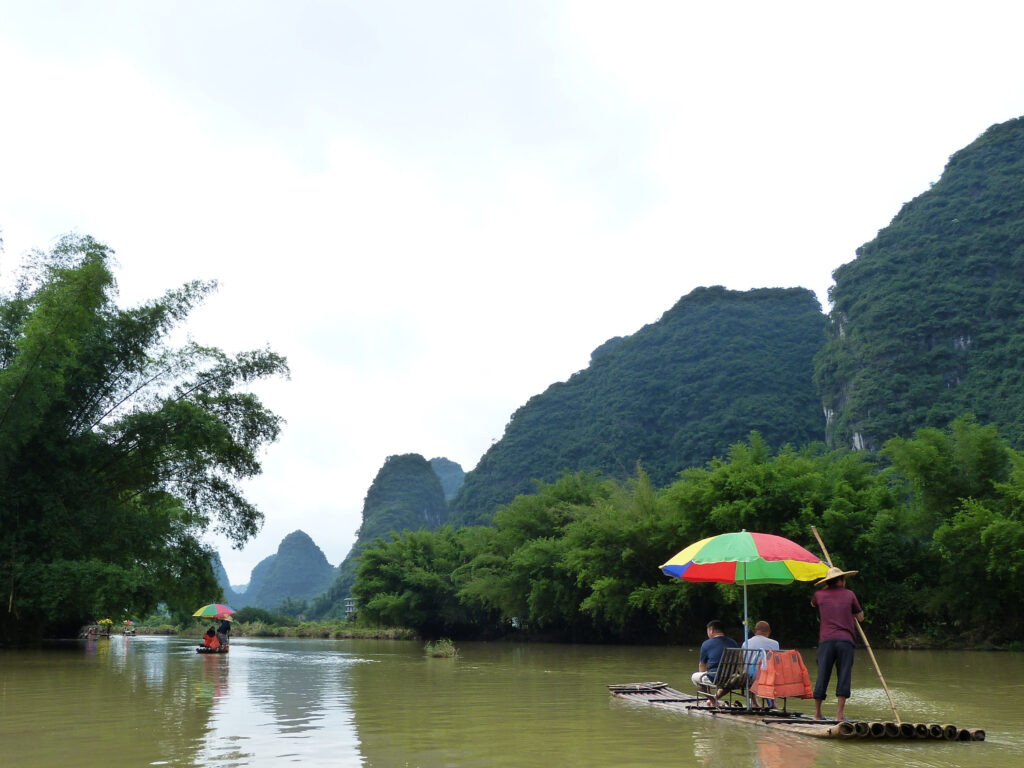
The next morning, a friend and I drifted down the Yulong River on a bamboo raft. It was a soothing rest after our dance with the swindlers of the night. The breeze from the previous evening’s storm came back again, this time carrying with it the melodic sounds of the countryside. European tourists dressed in white rode bicycles by the riverside, a water buffalo splashed playfully under the bright midday sun, and the man steering our boat punted our small vessel forward with a bamboo pole as he whistled into the humid air. The blissful experience was a perfect way to say goodbye to Yangshuo.
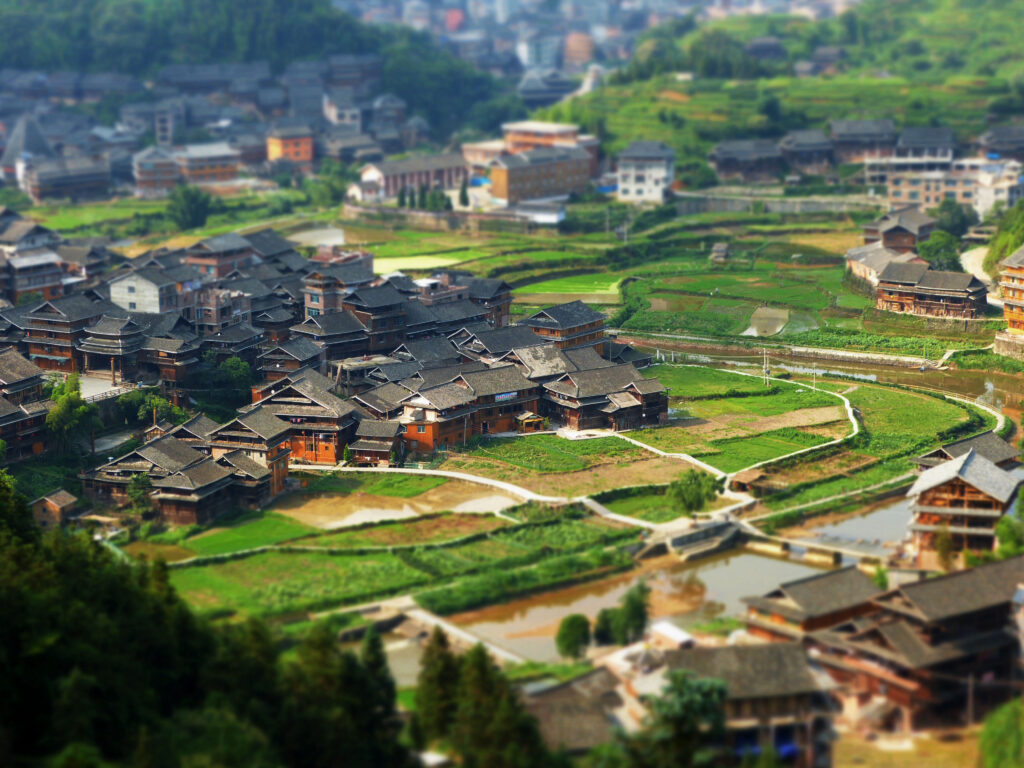
The early summer rains pattered on the wooden shingles and the smell of smoke drifted in through an open window. The storm had finally started to cease after drenching the ancient town of Chengyang, one of the several Dong villages. These indigenous communities rest in the hills and valleys of Southern China and their people still follow traditional ways of life.
On the side of the river stood a collection of dark wooden houses, drum and bell towers, a theatre decorated with paper lanterns, and a small school. Amidst the din of the noisy schoolchildren, wind and string musicians practiced their pieces, farmers tended to their paddies, and elders weaved indigo cloths in front of their homes. All was calm in this hidden paradise.
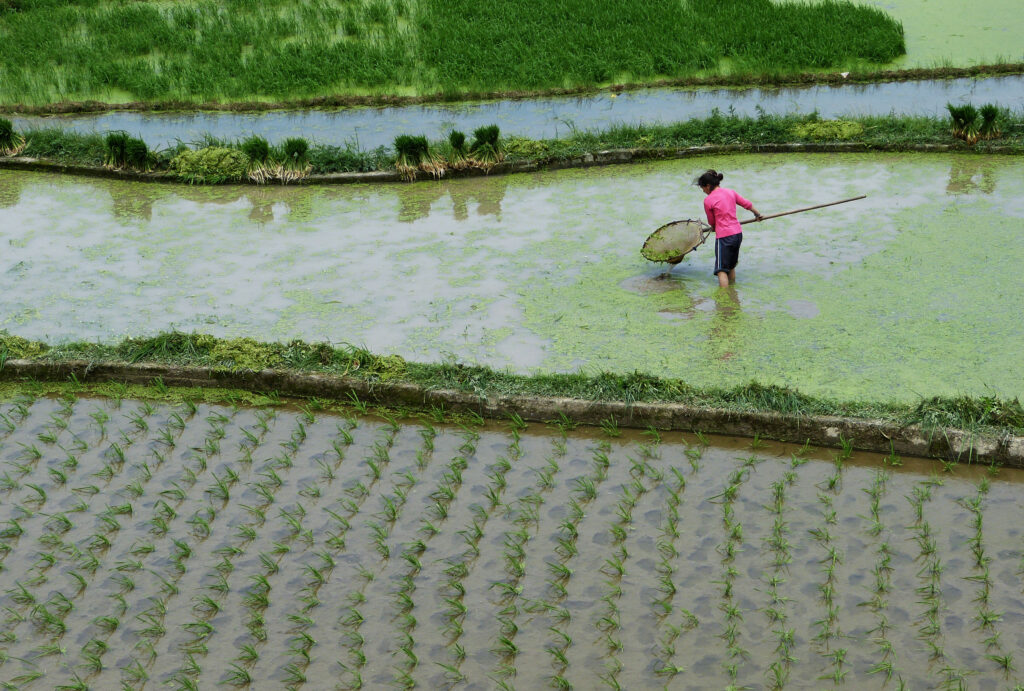
The Guangxi province is a difficult place to express in words. It’s natural beauty captivated like nowhere else I’d ever seen. The people showed immense respect to the landscape around them and kindness towards us. The way the cities shined at night was breathtaking. No matter where you live, Guangxi is a must-see if you want to get a sense of how incredible the world can be. I will never forget it.
. . .
